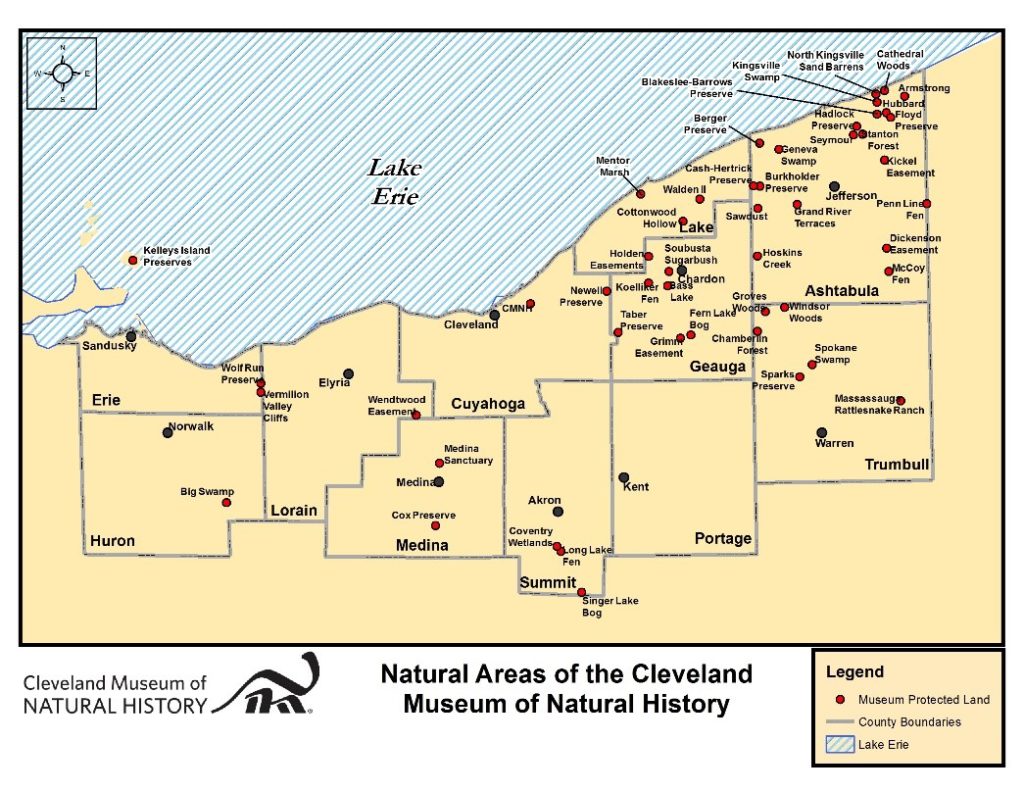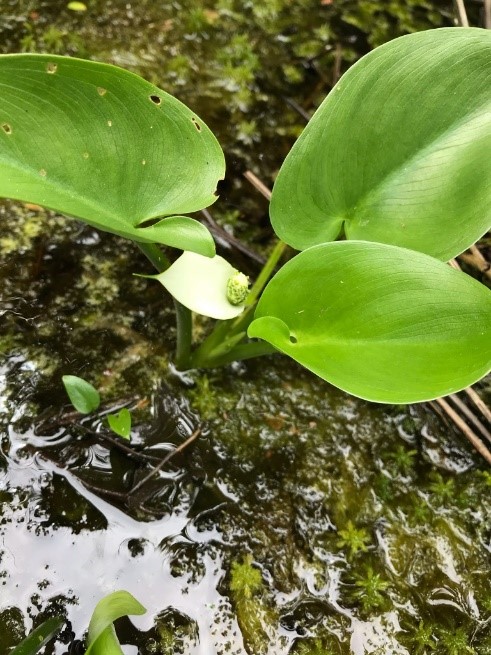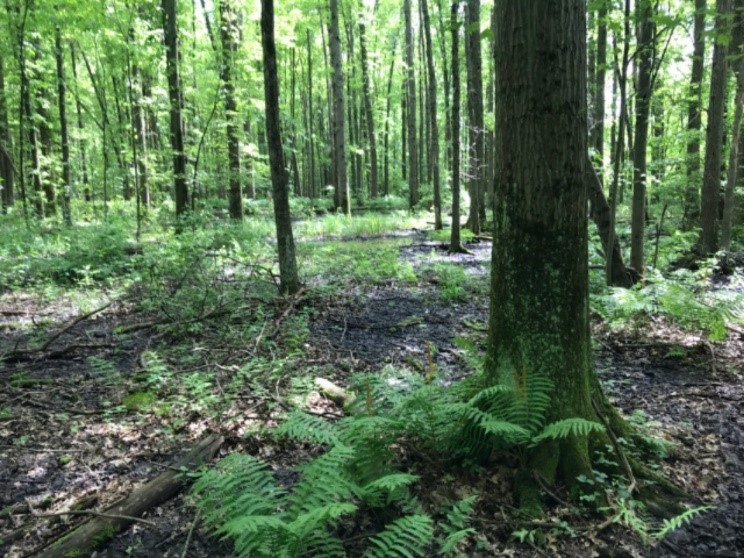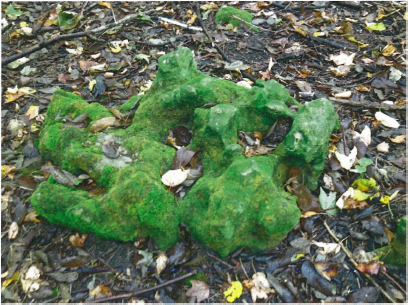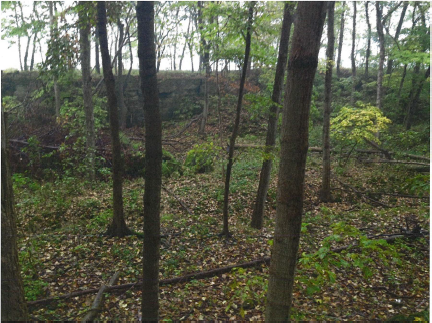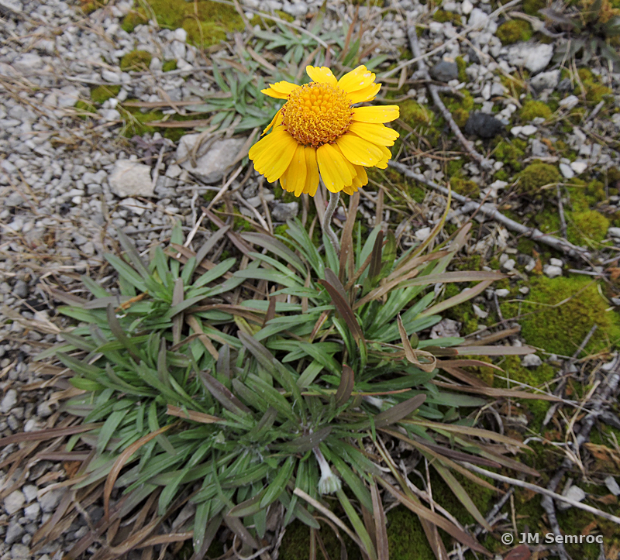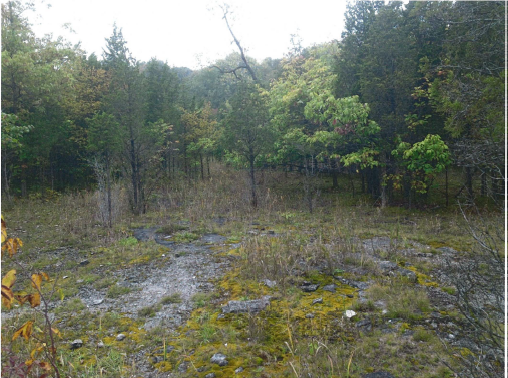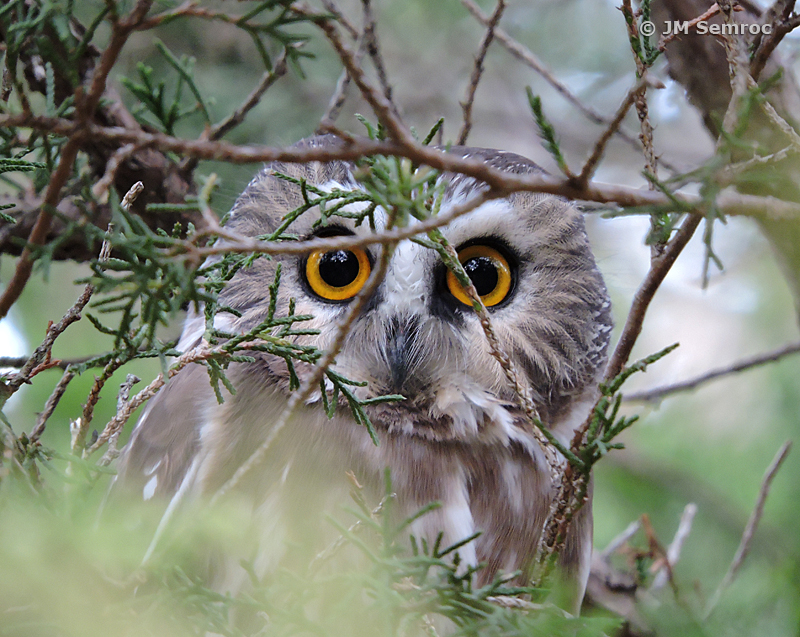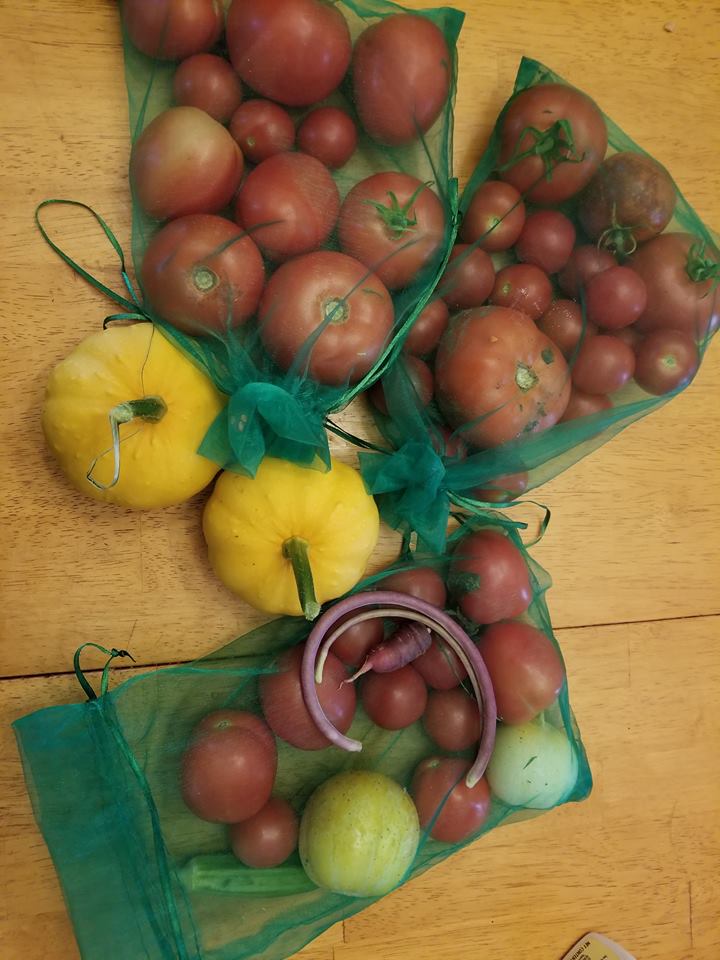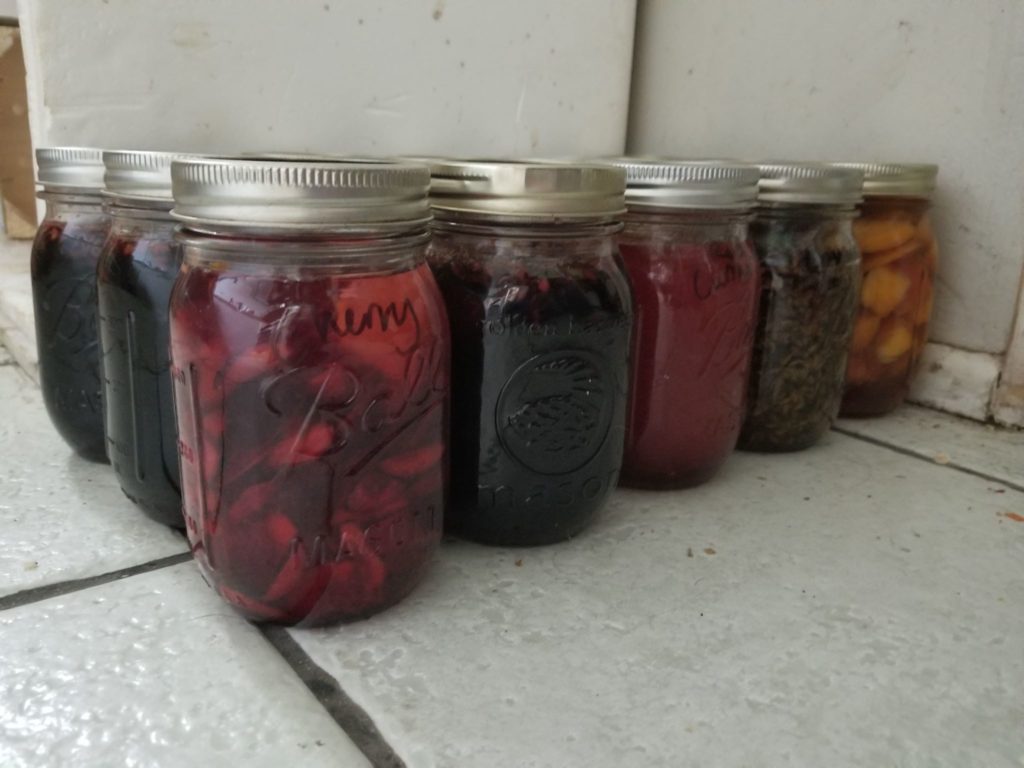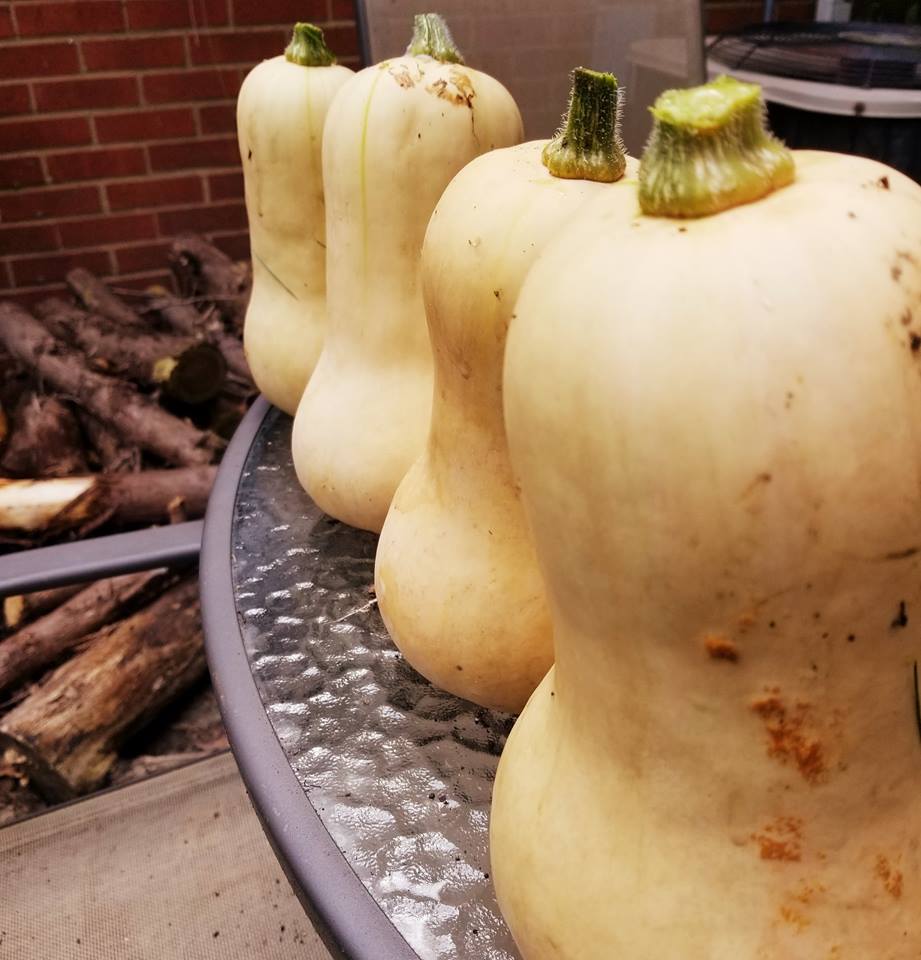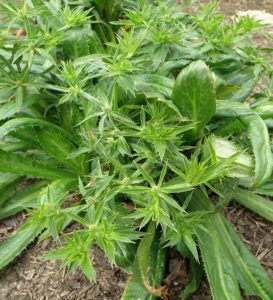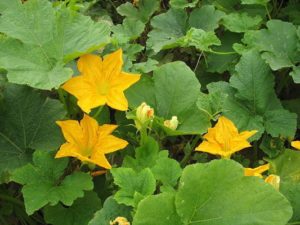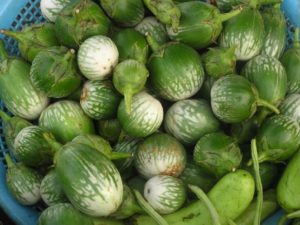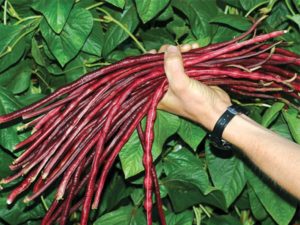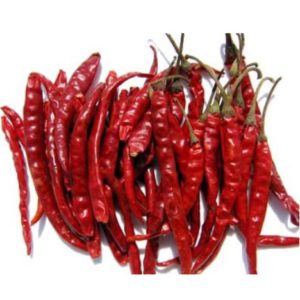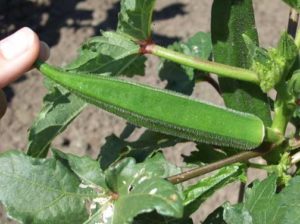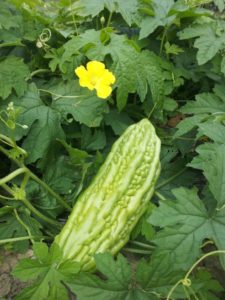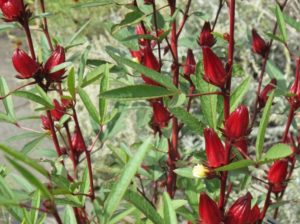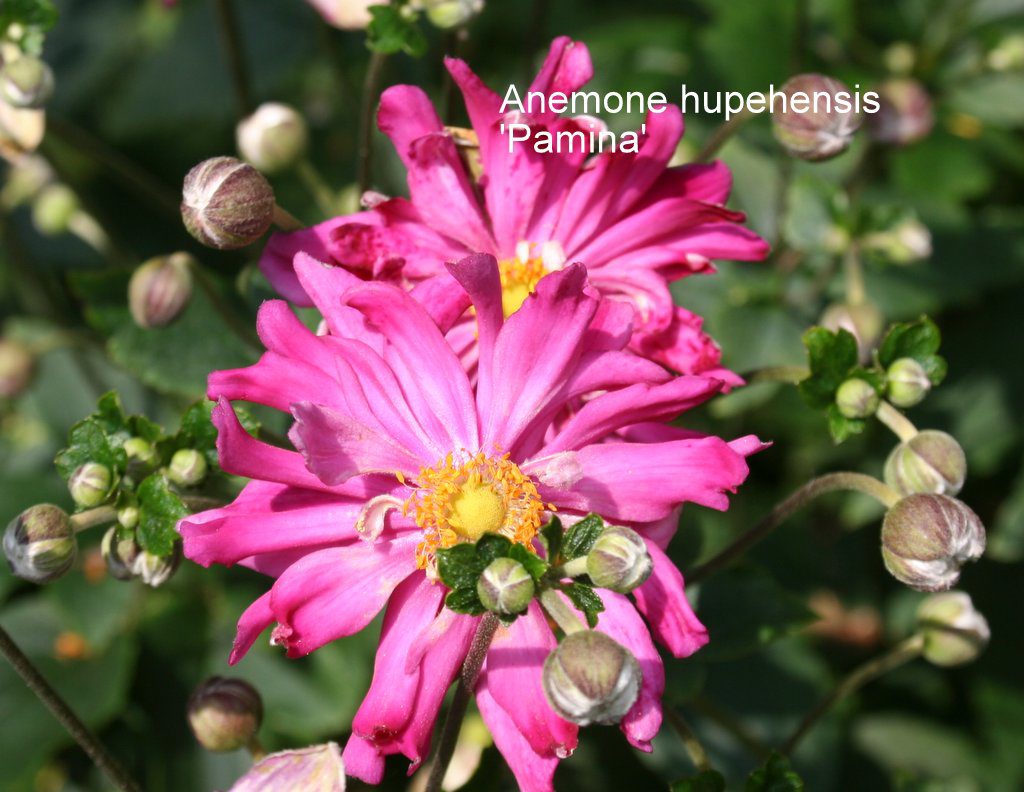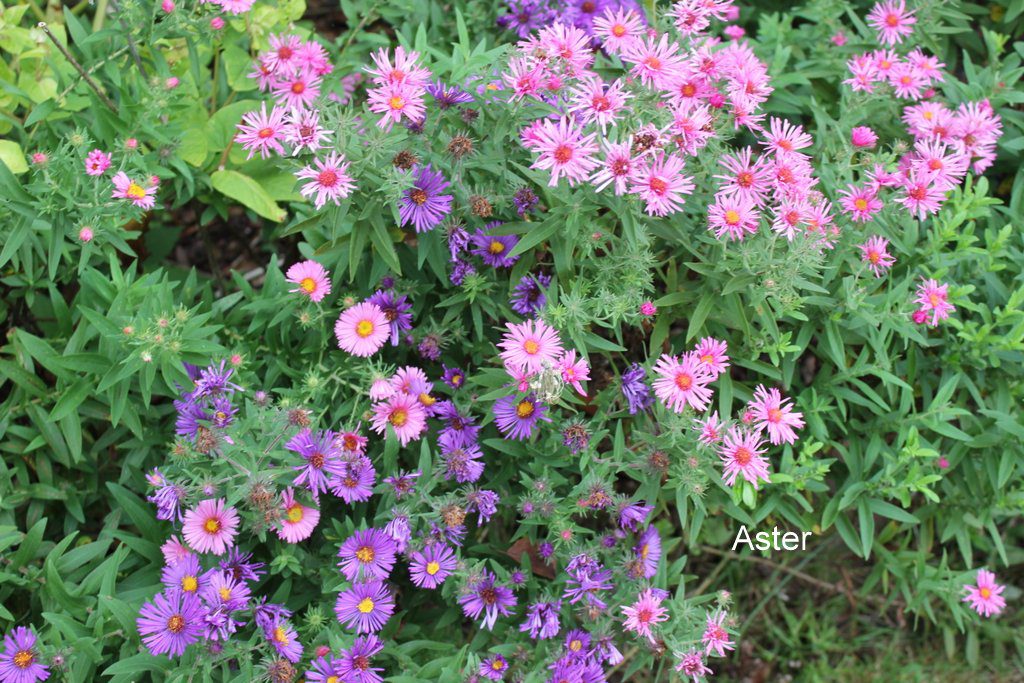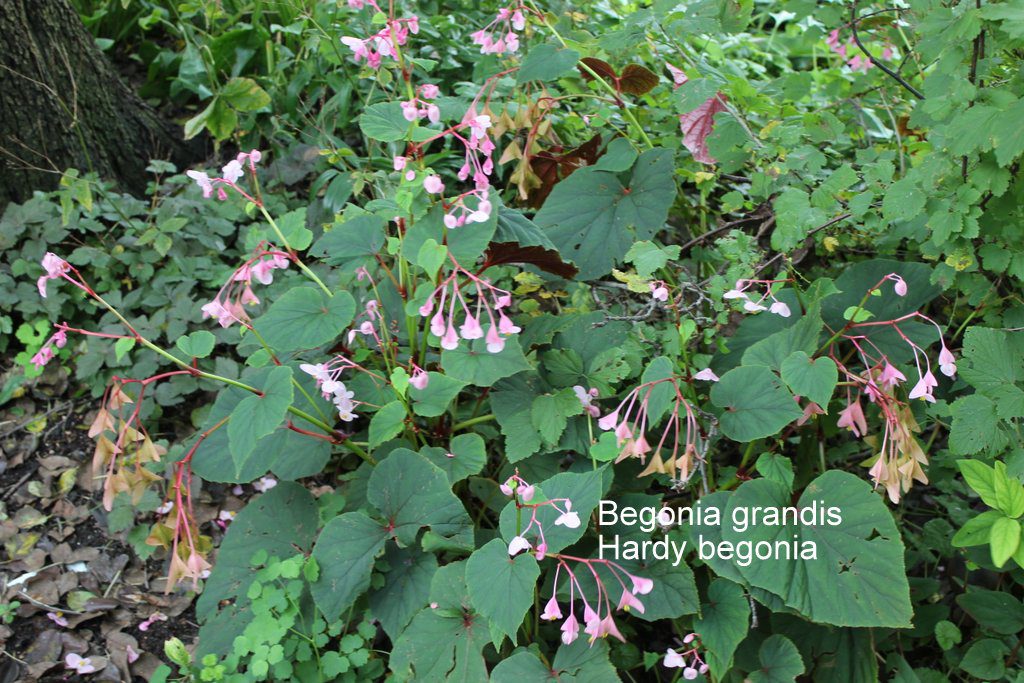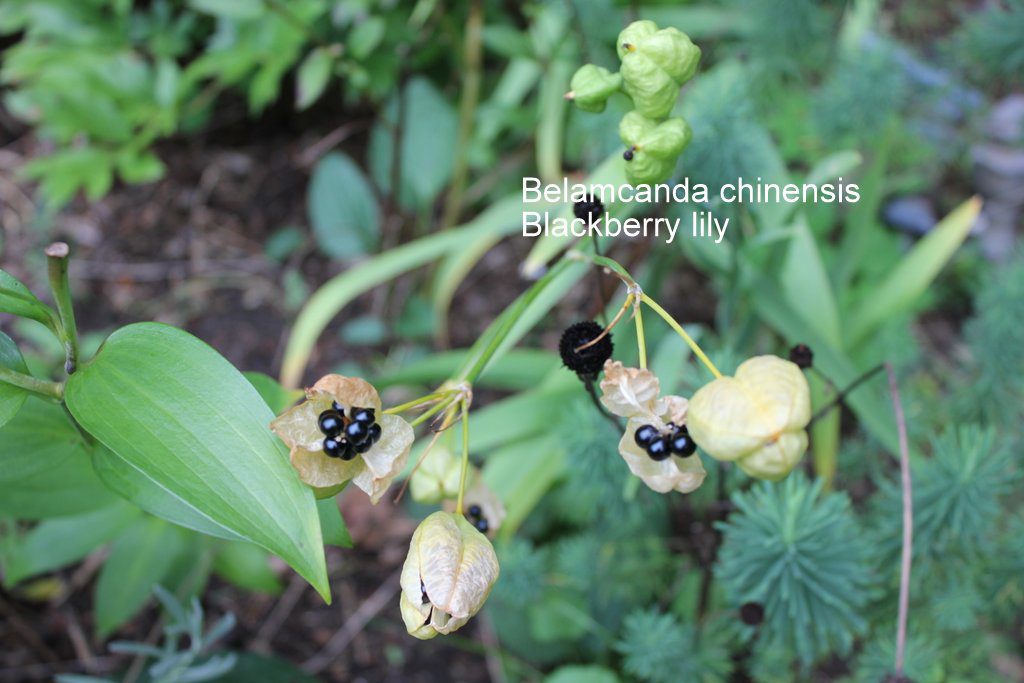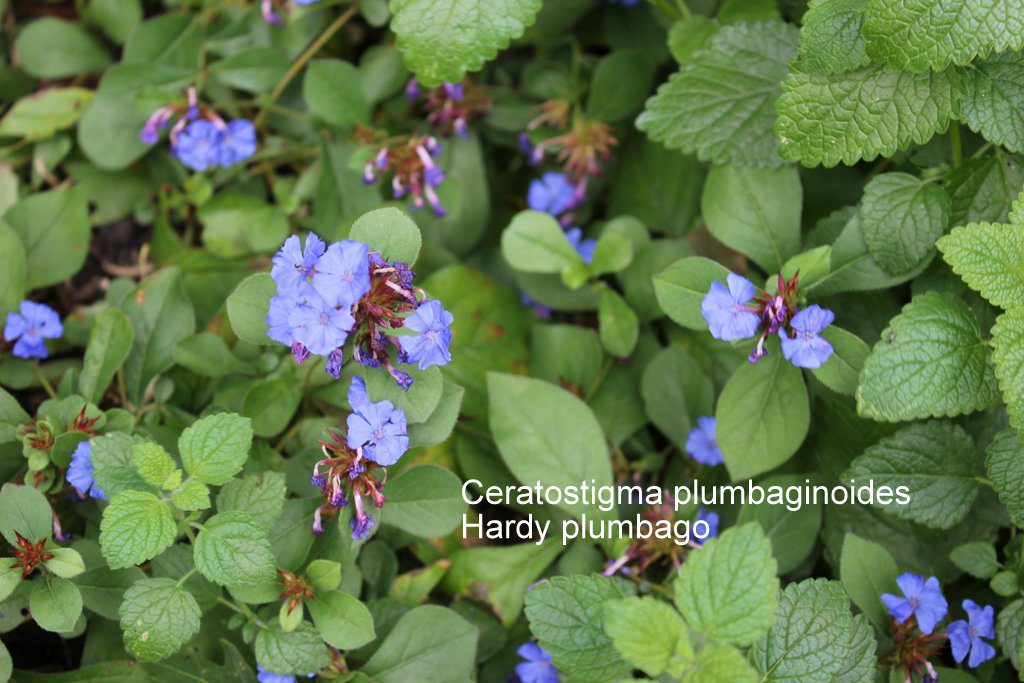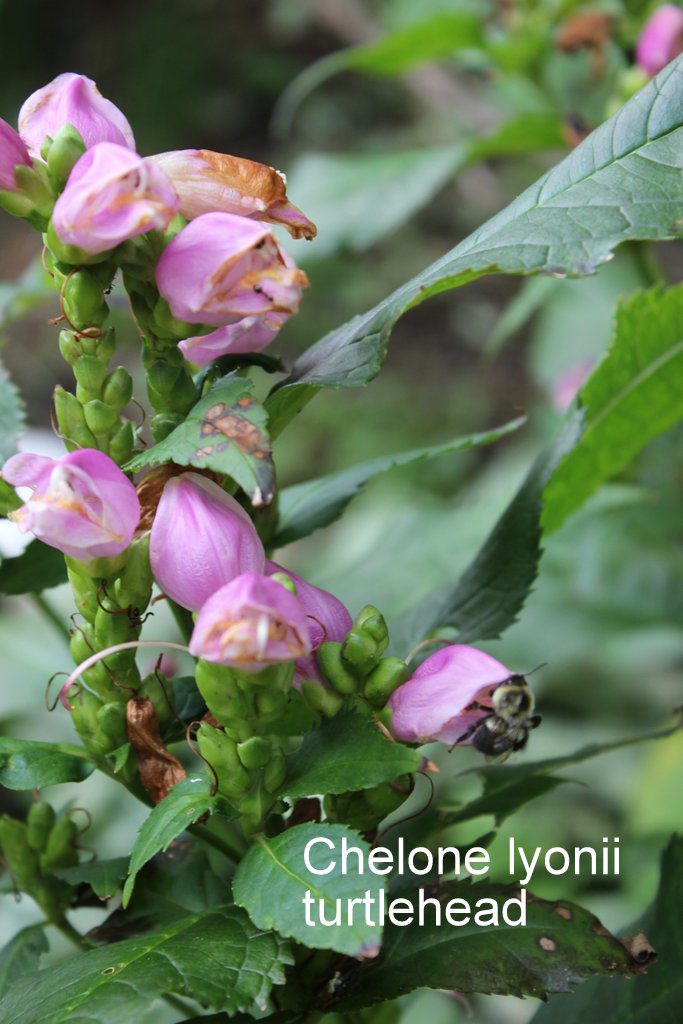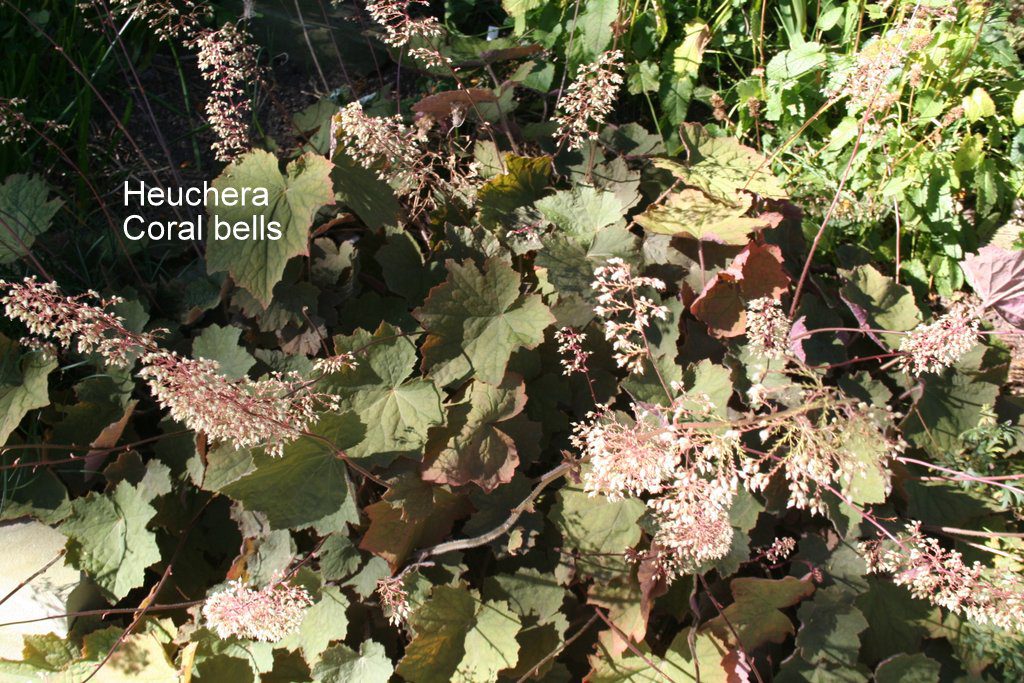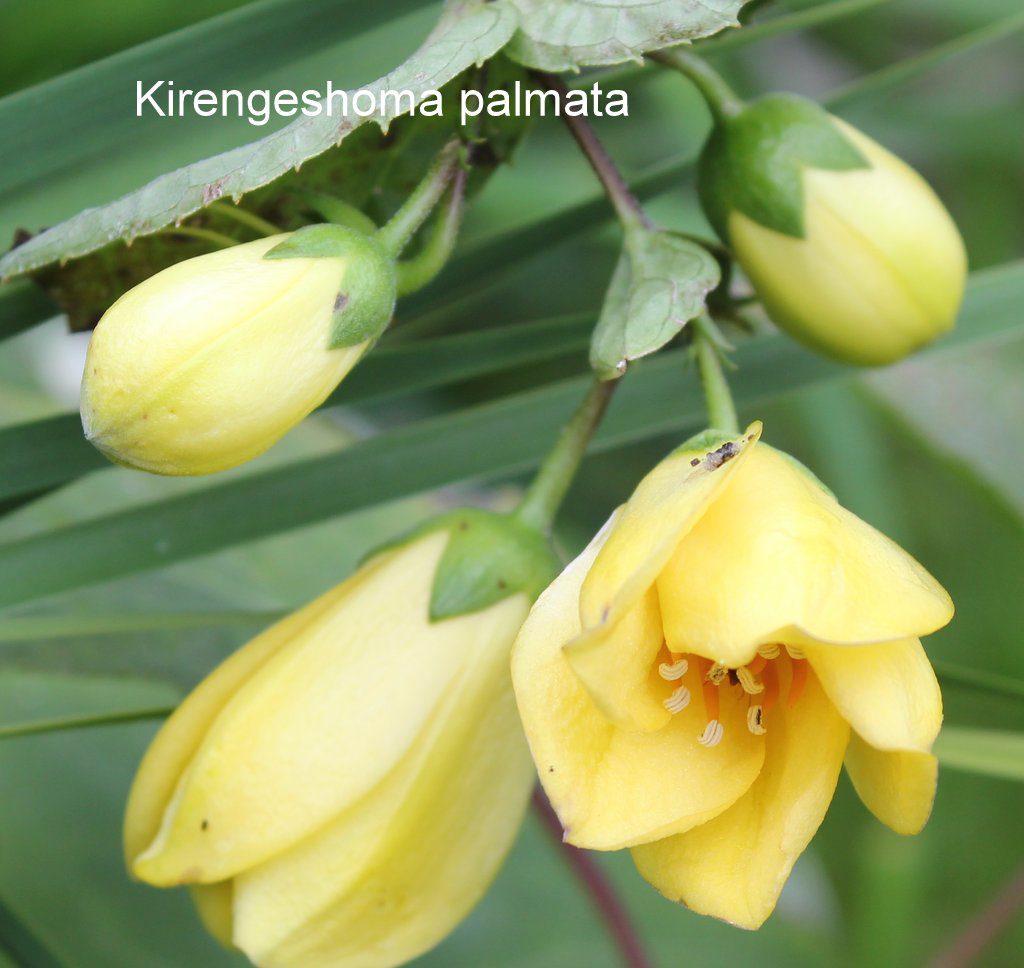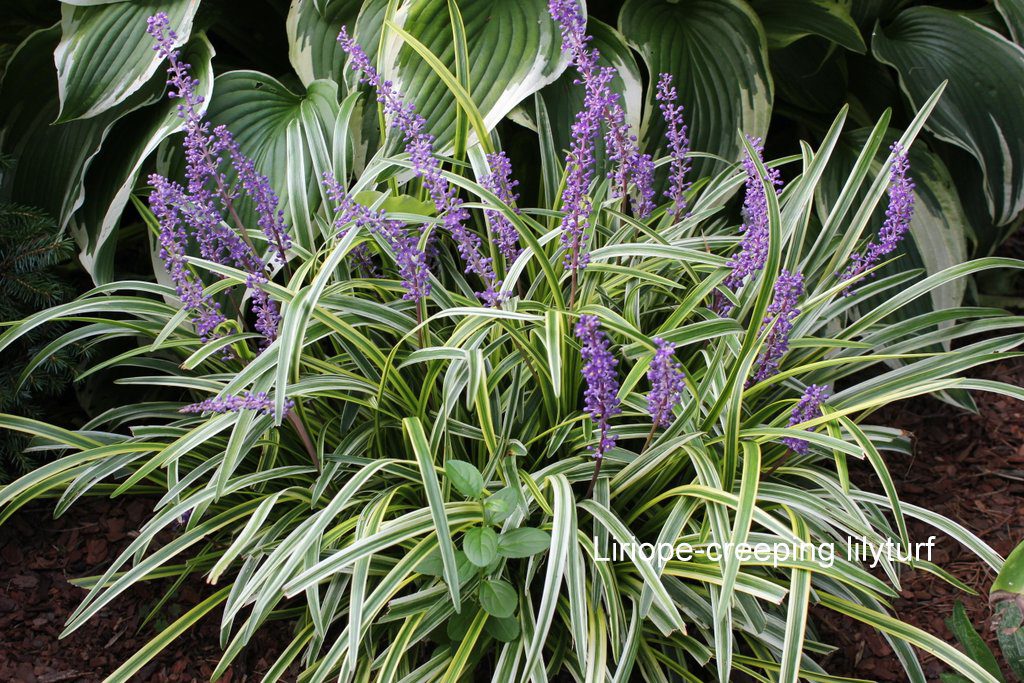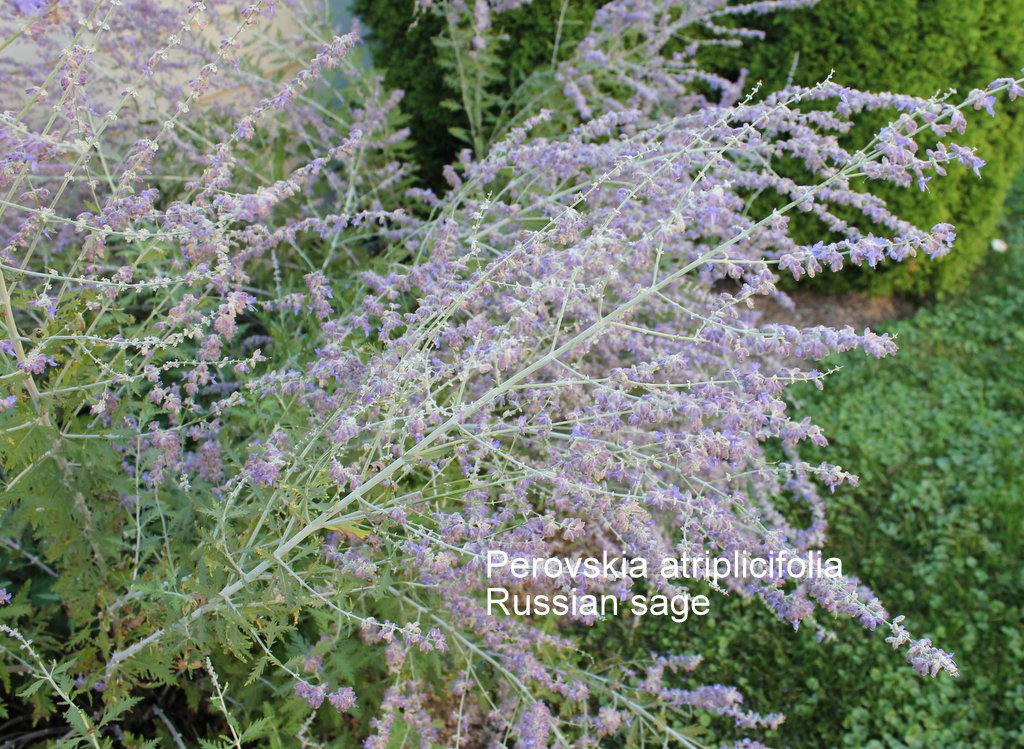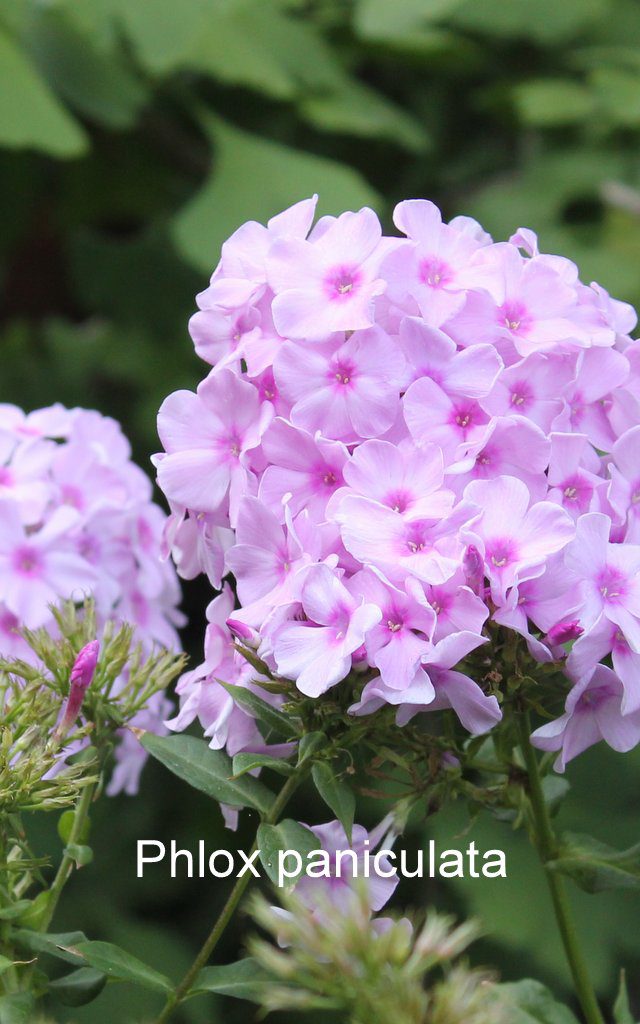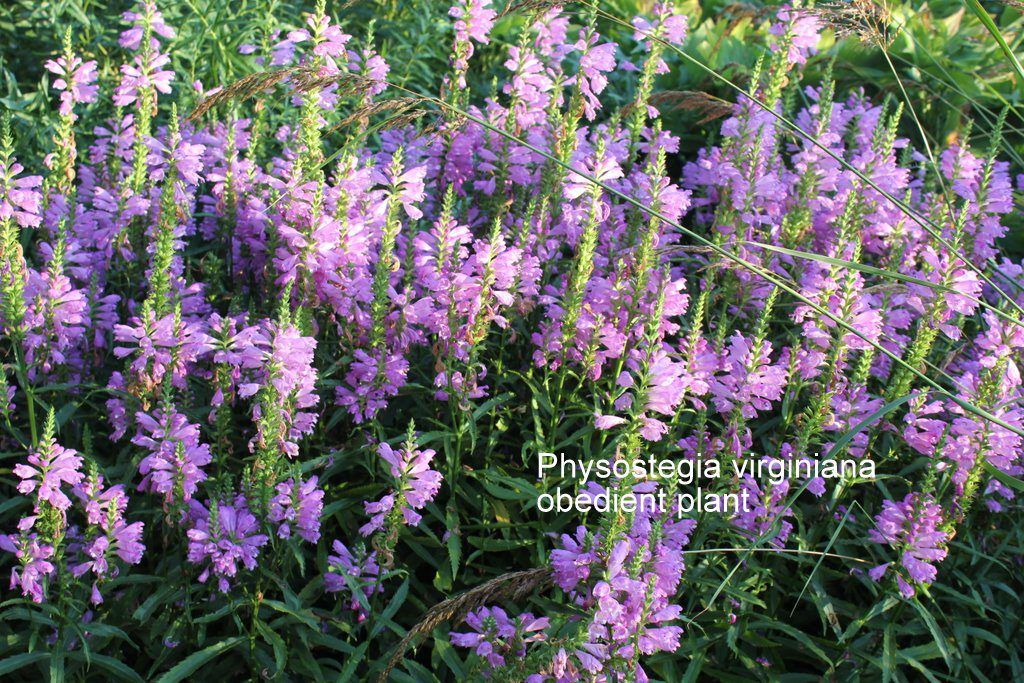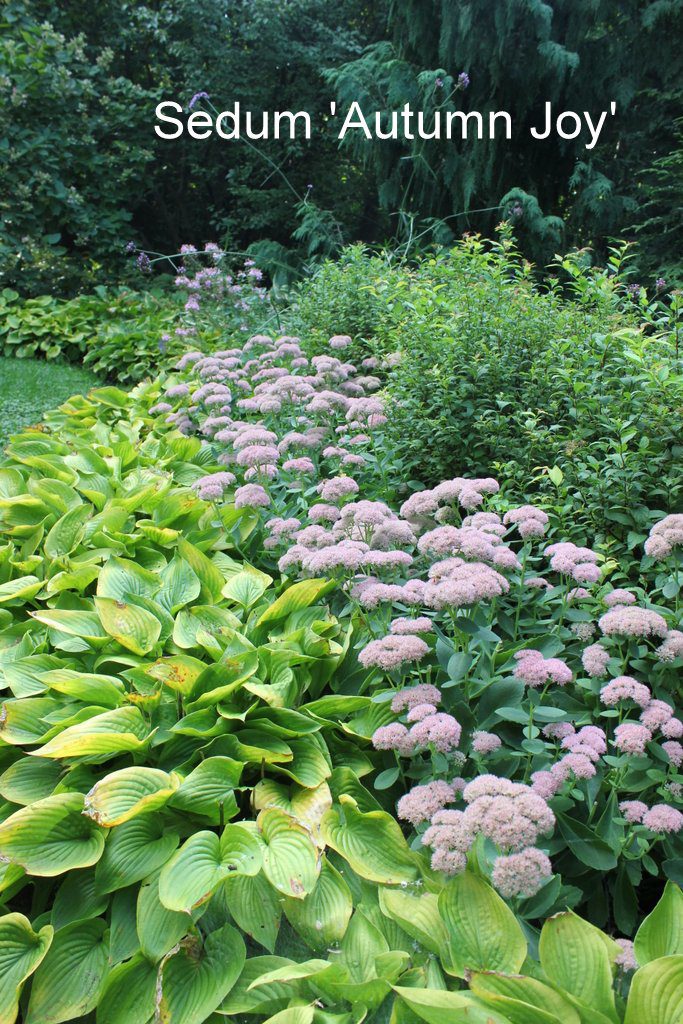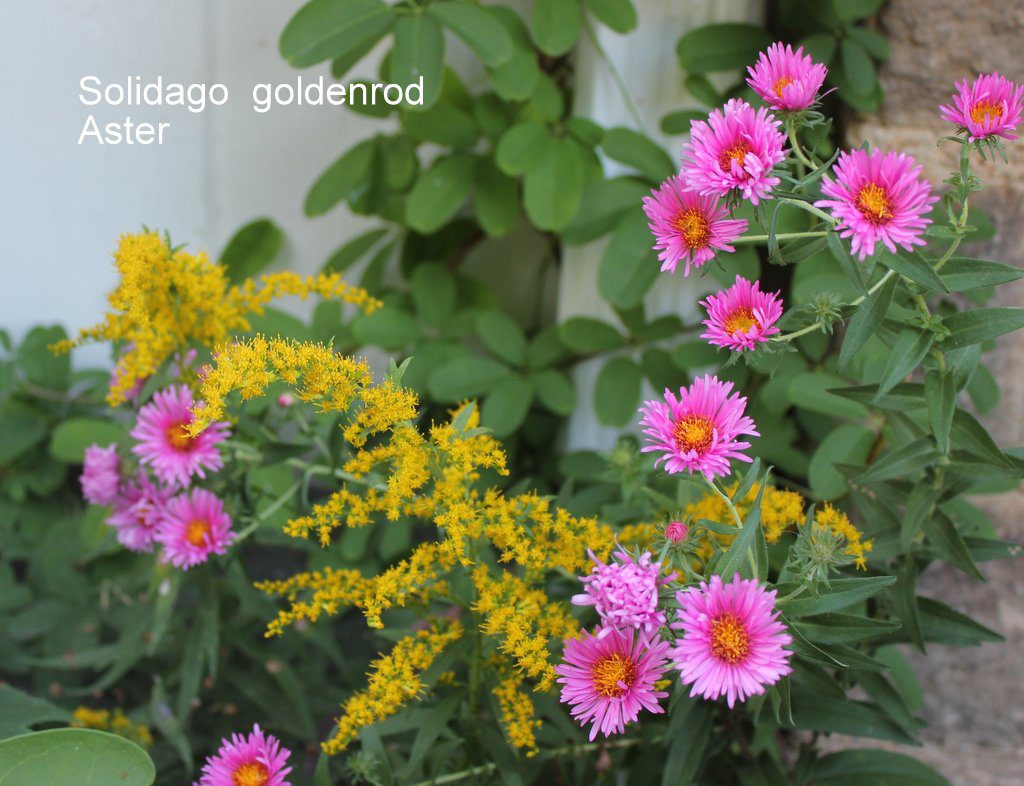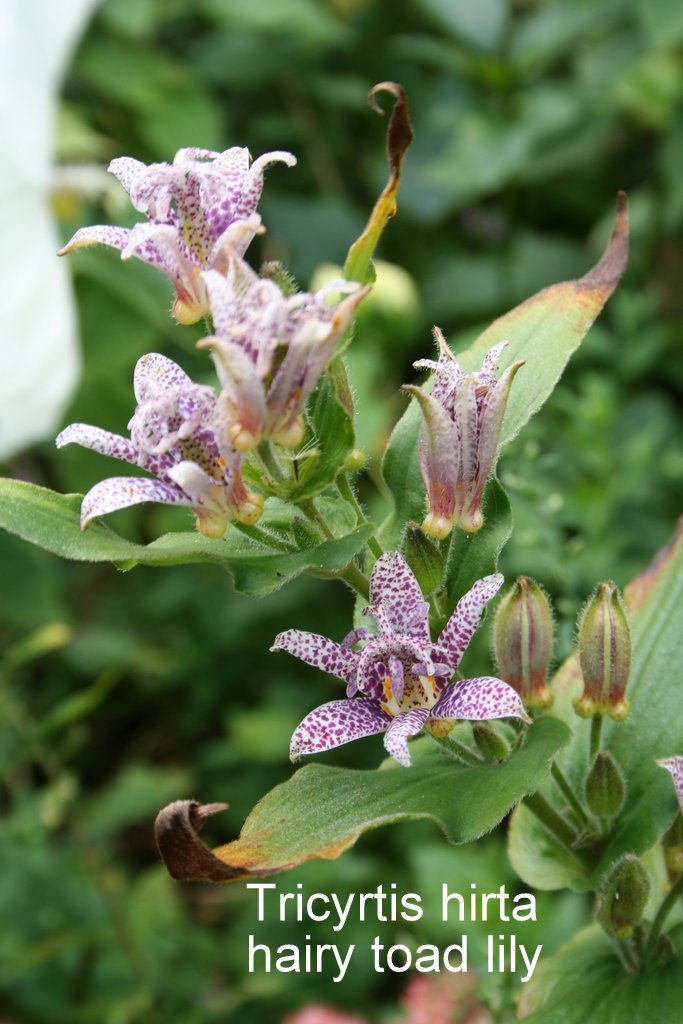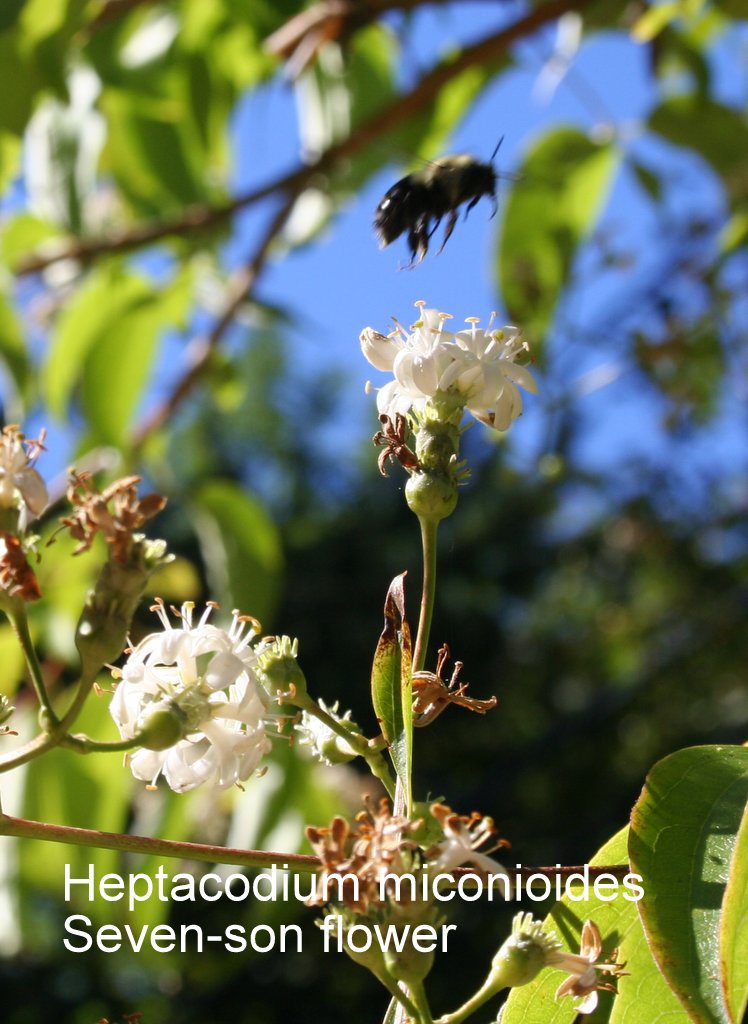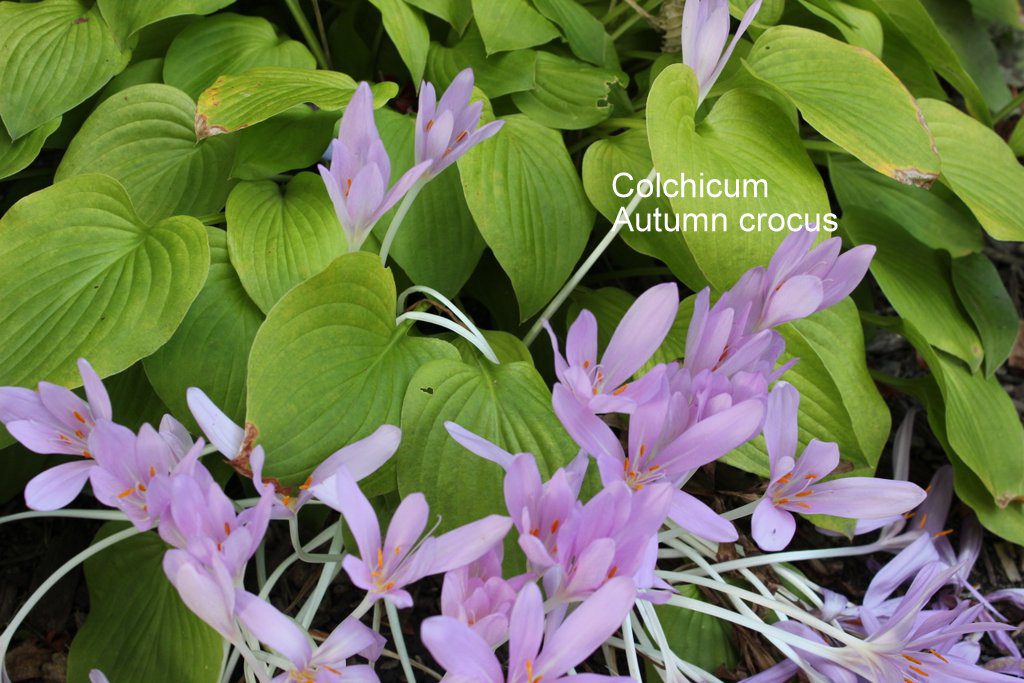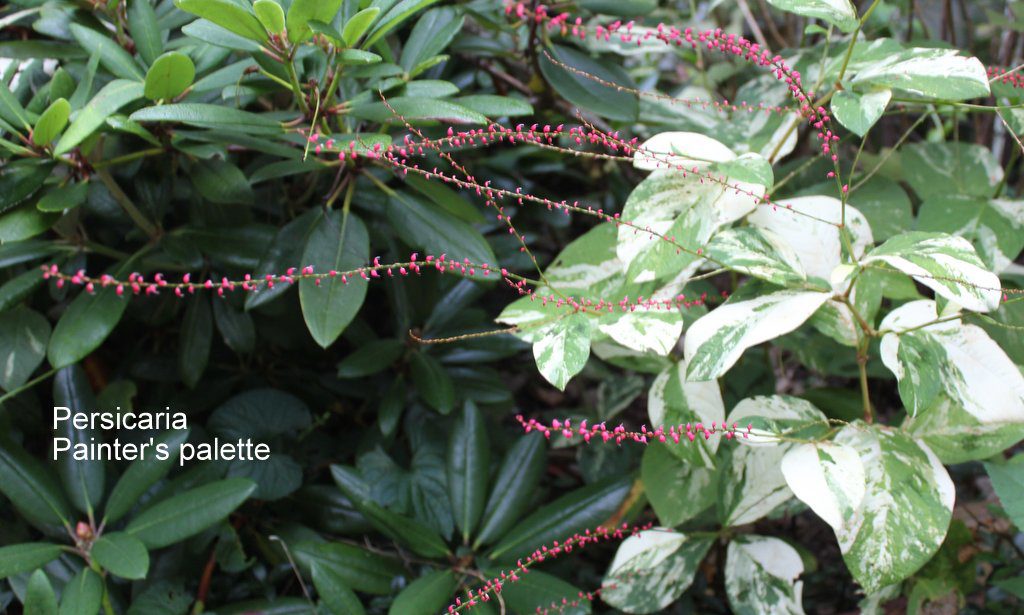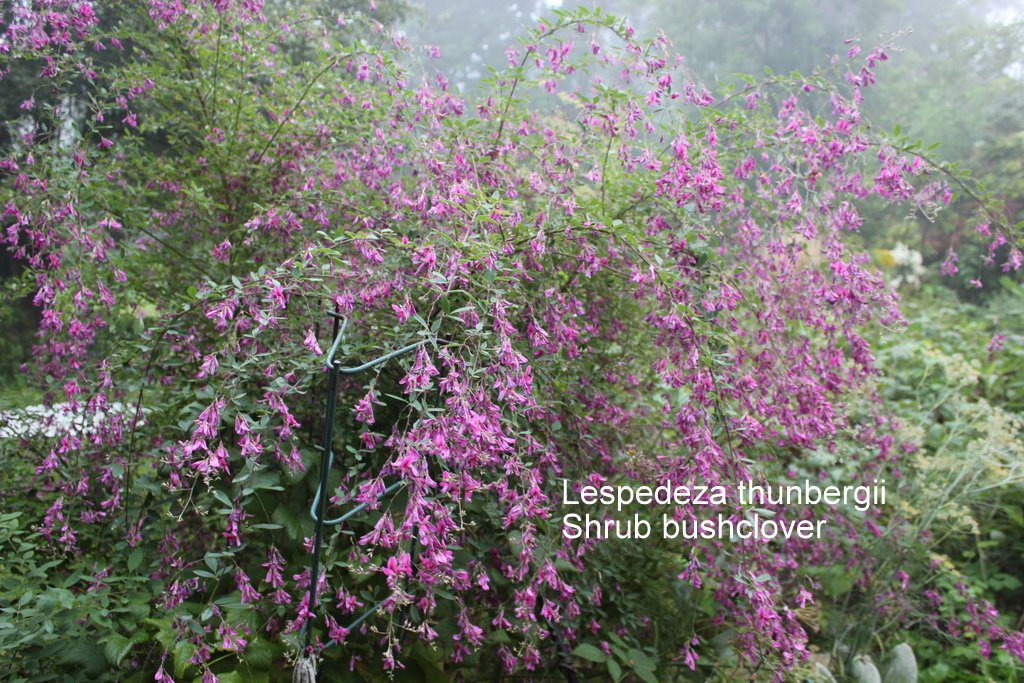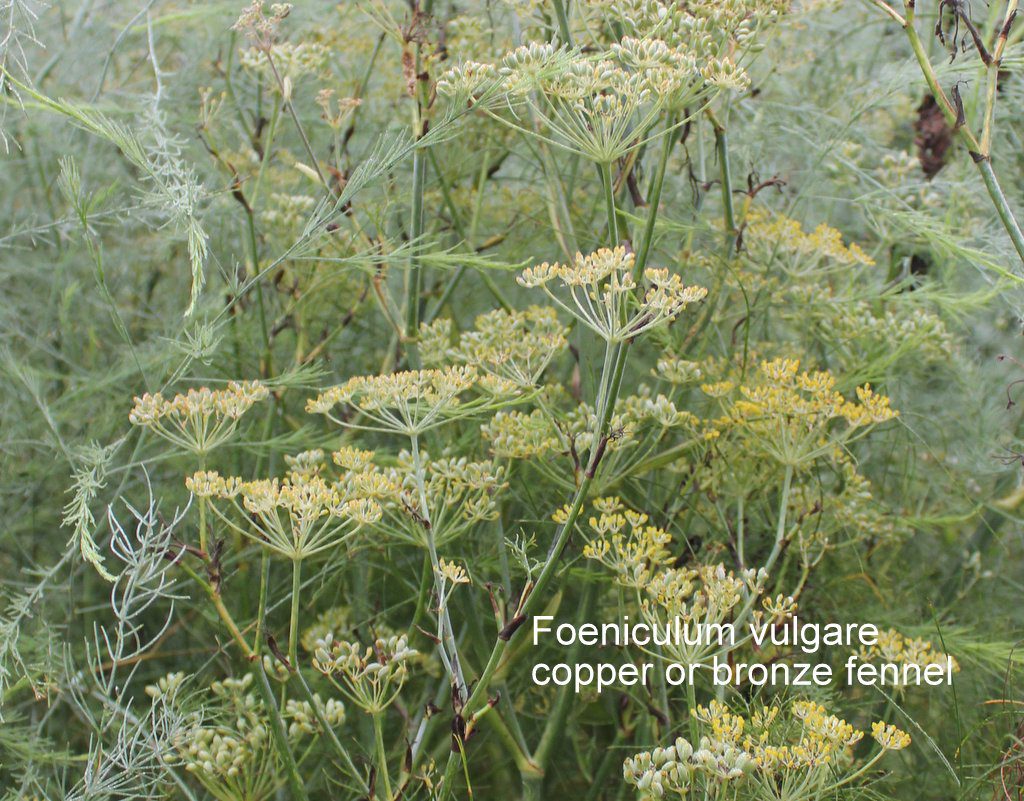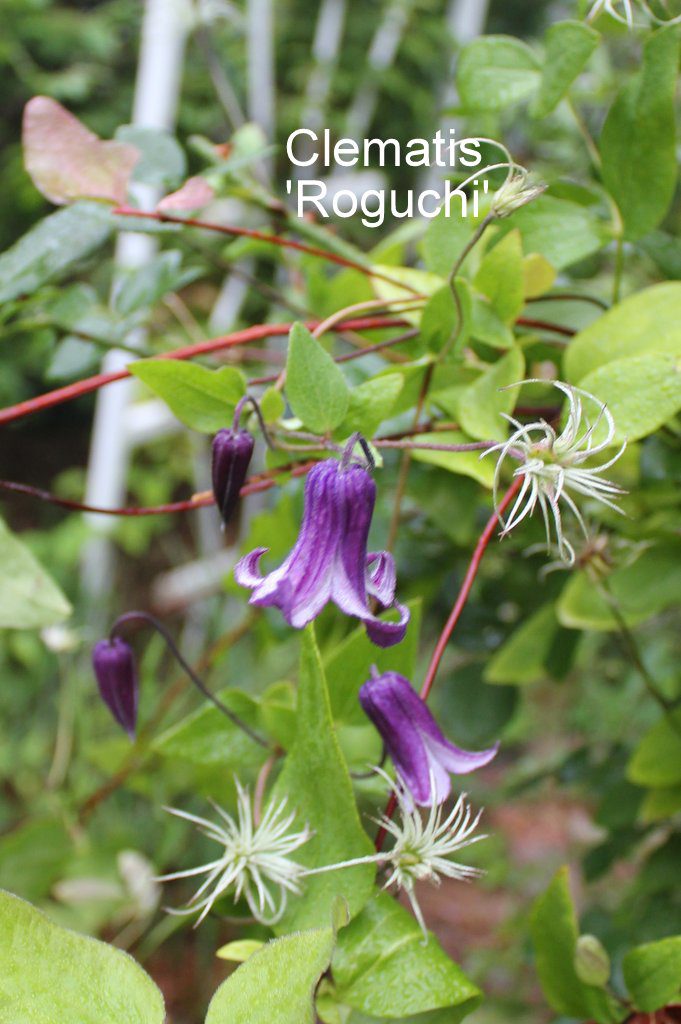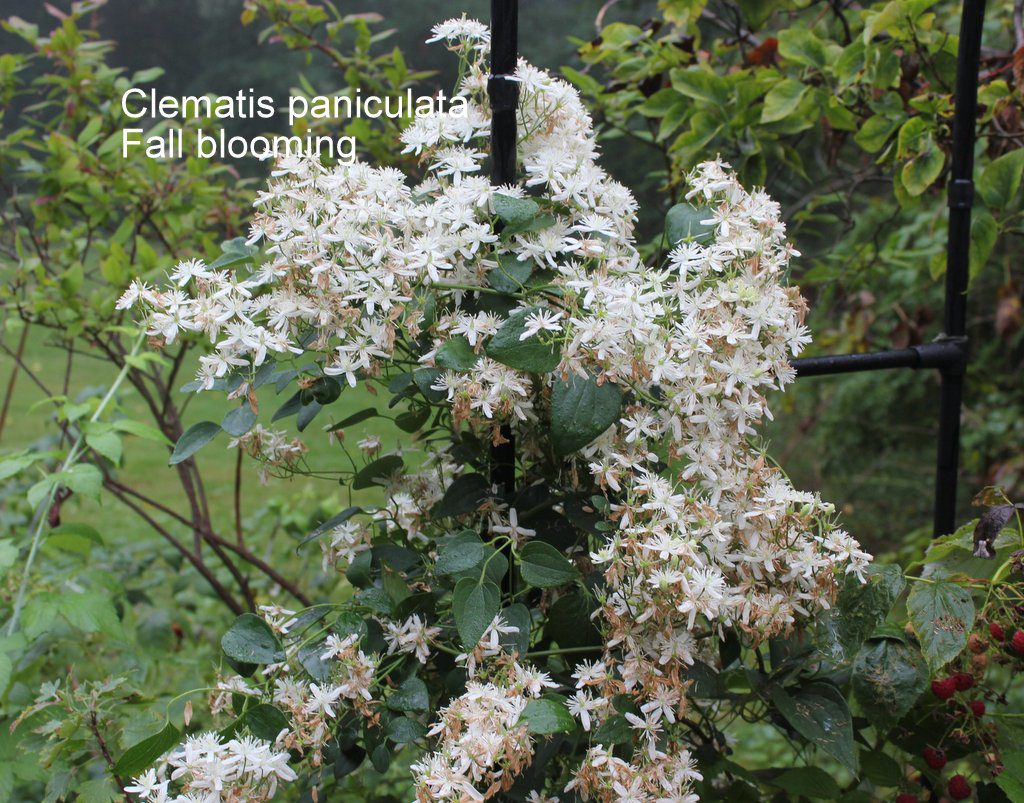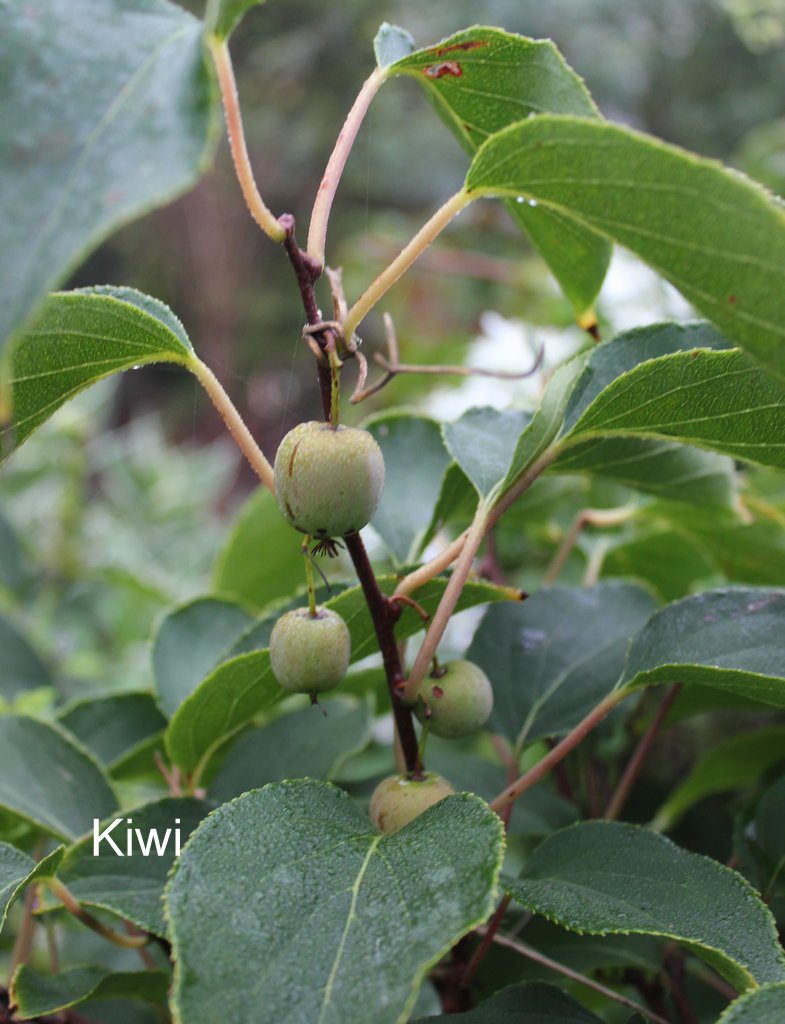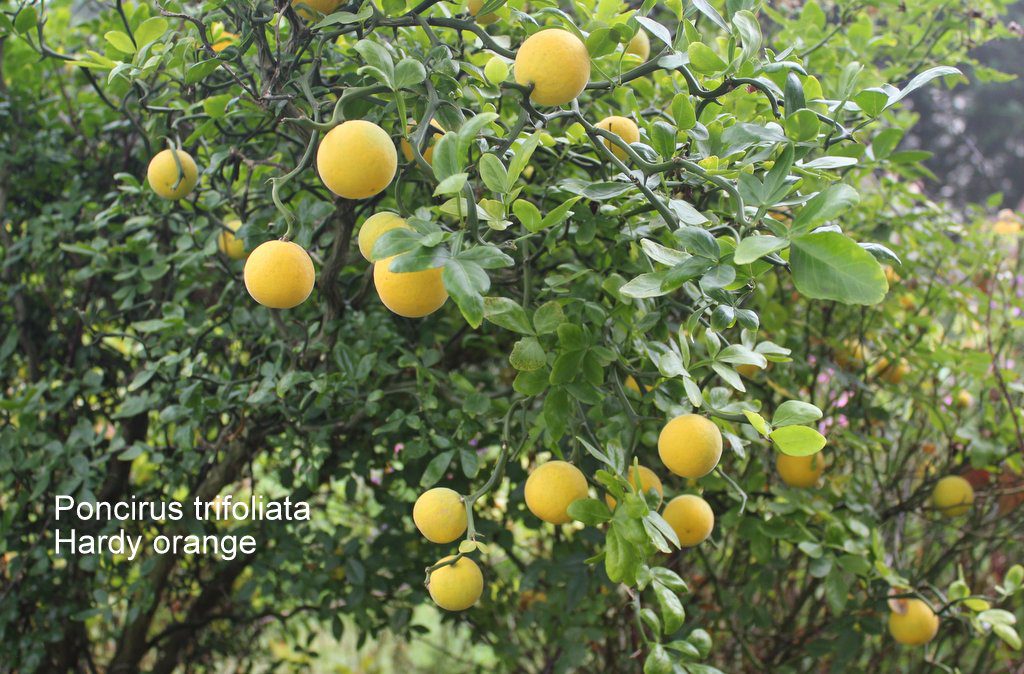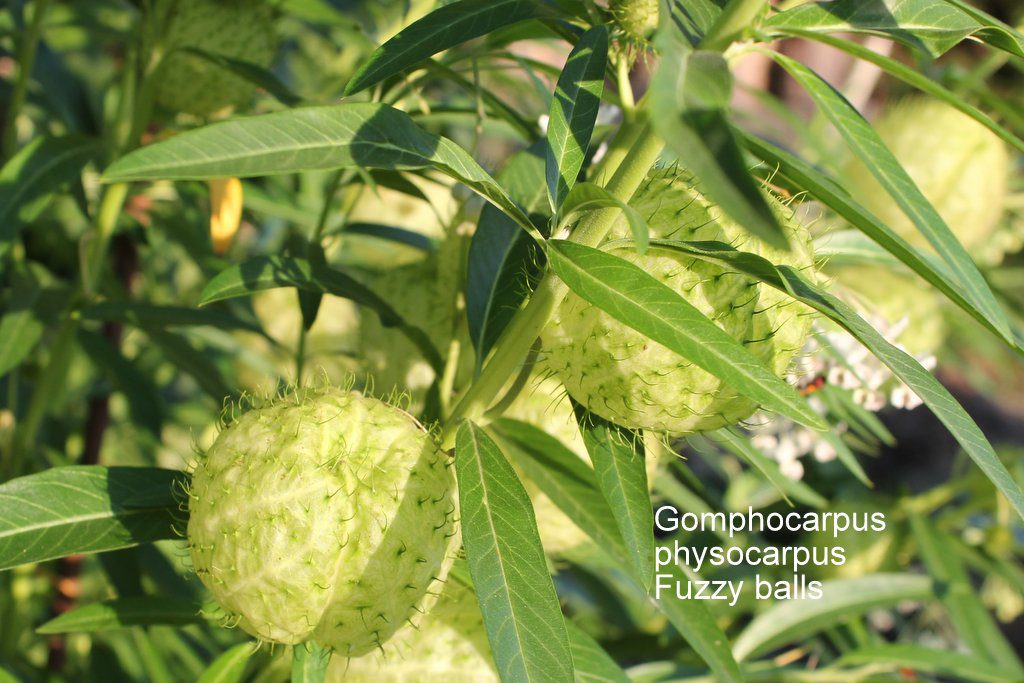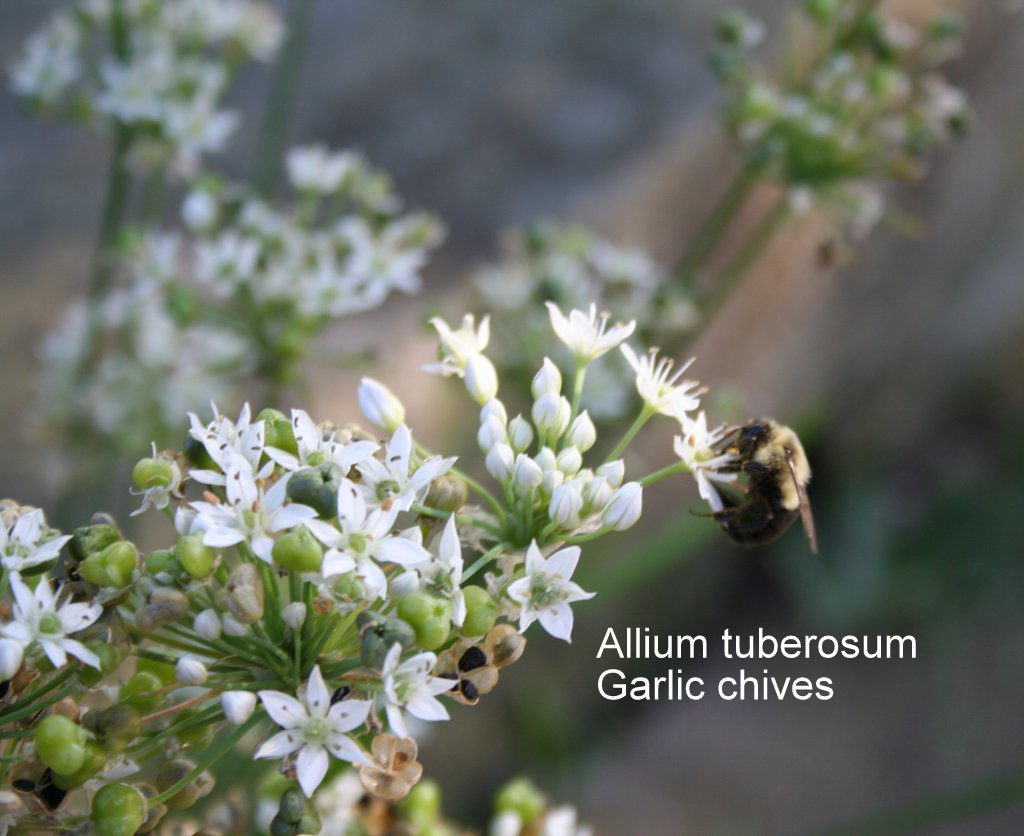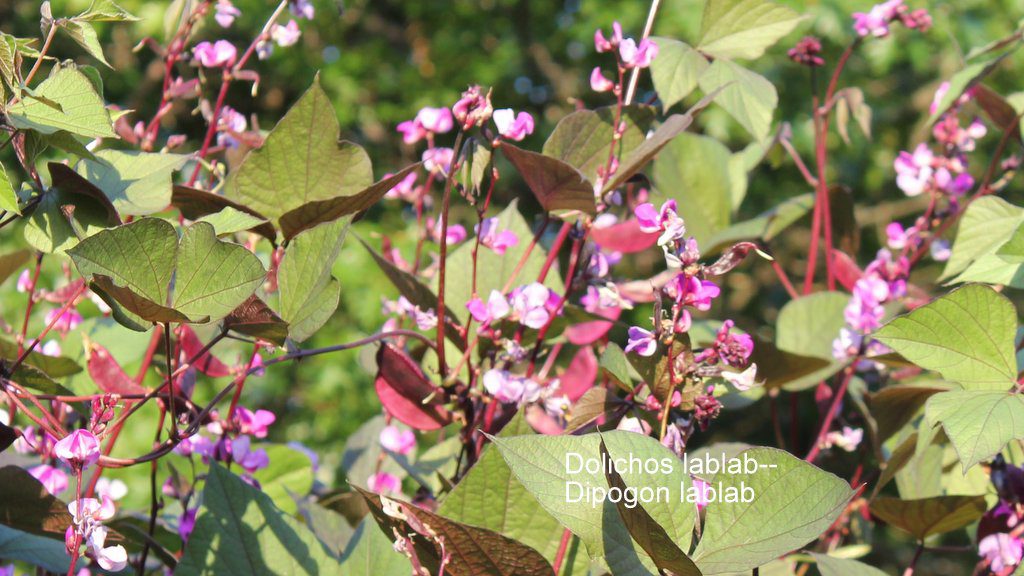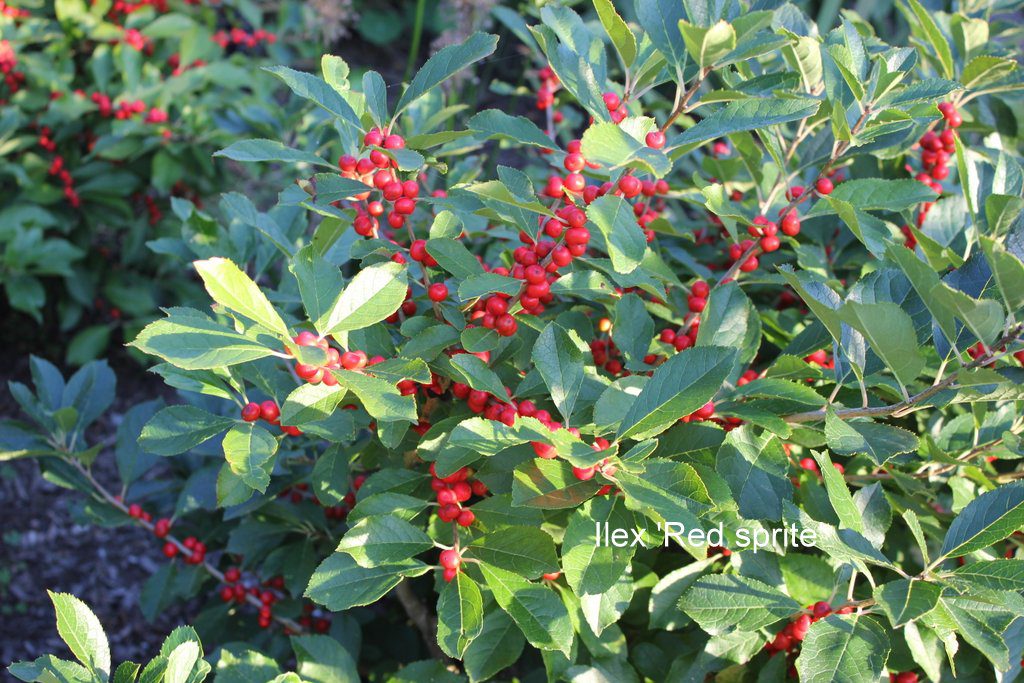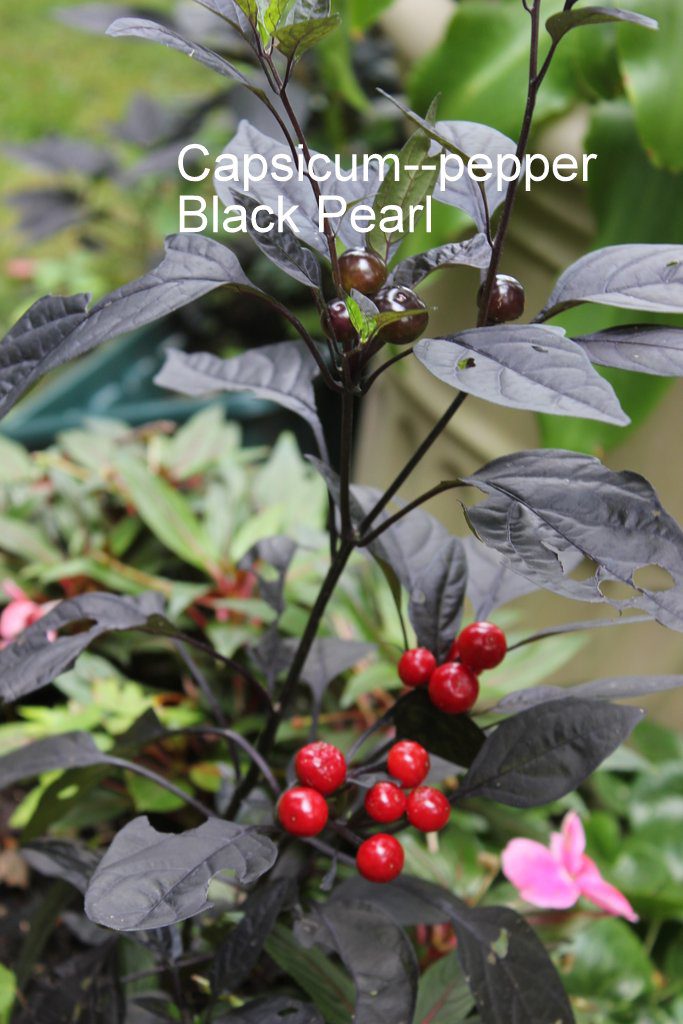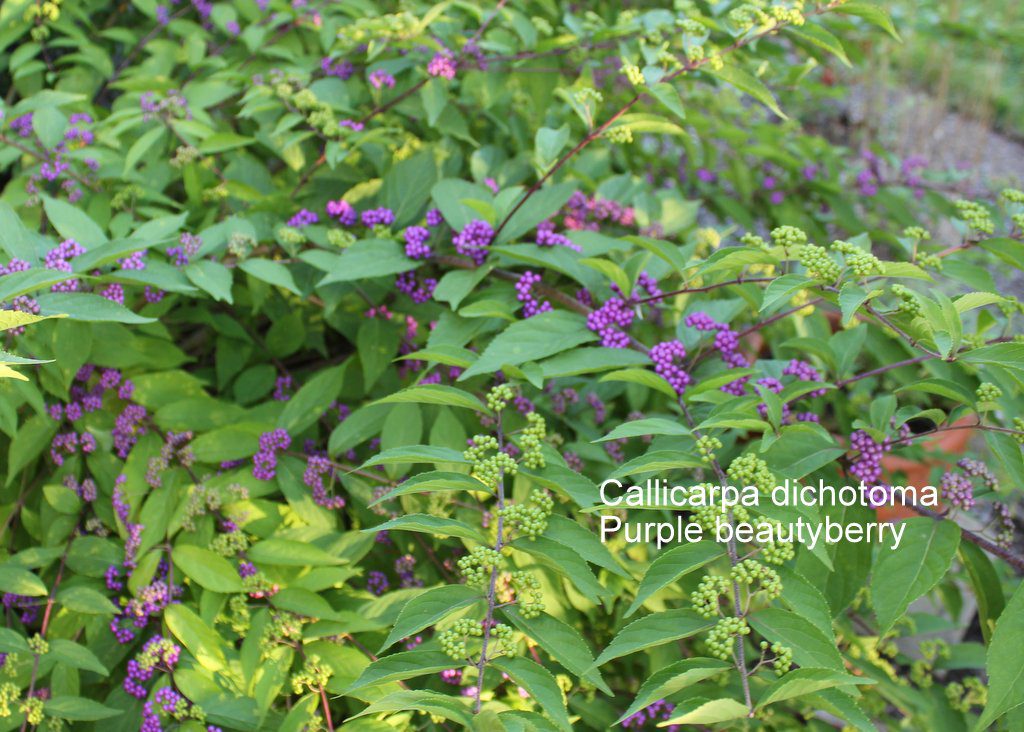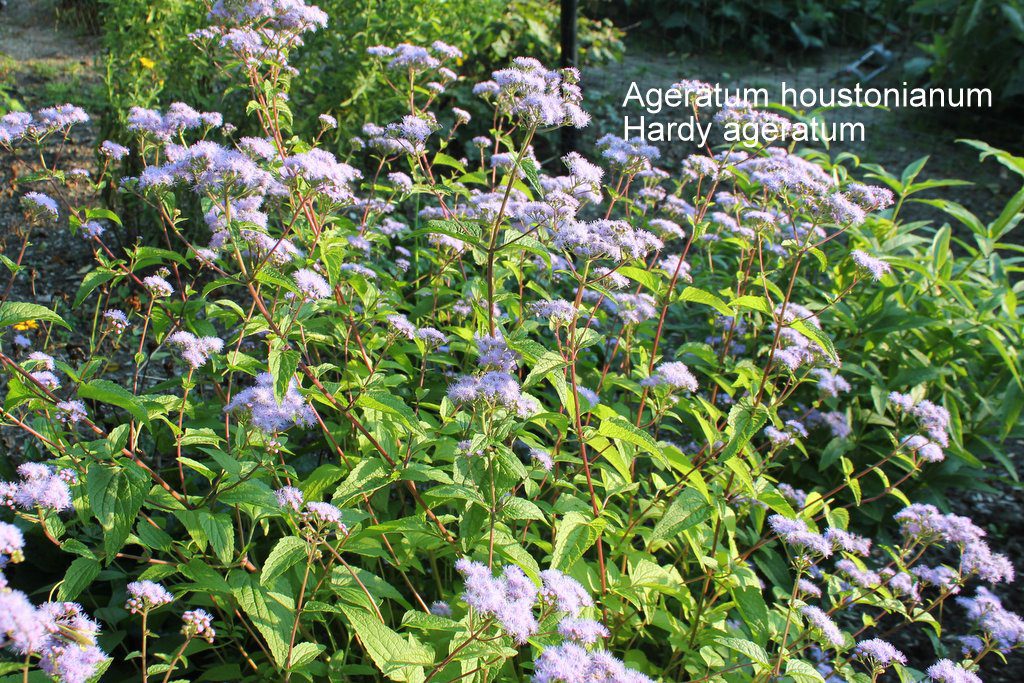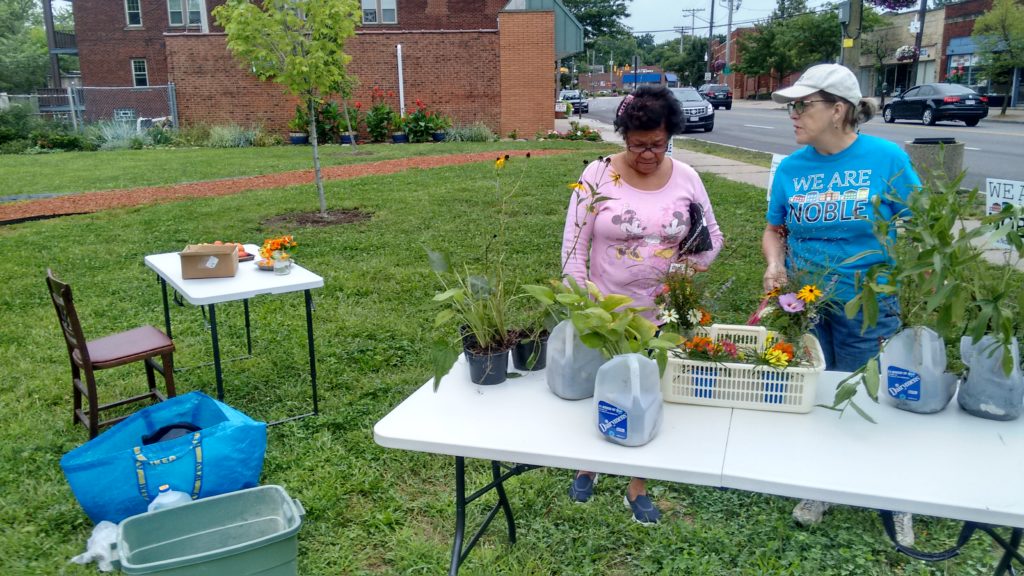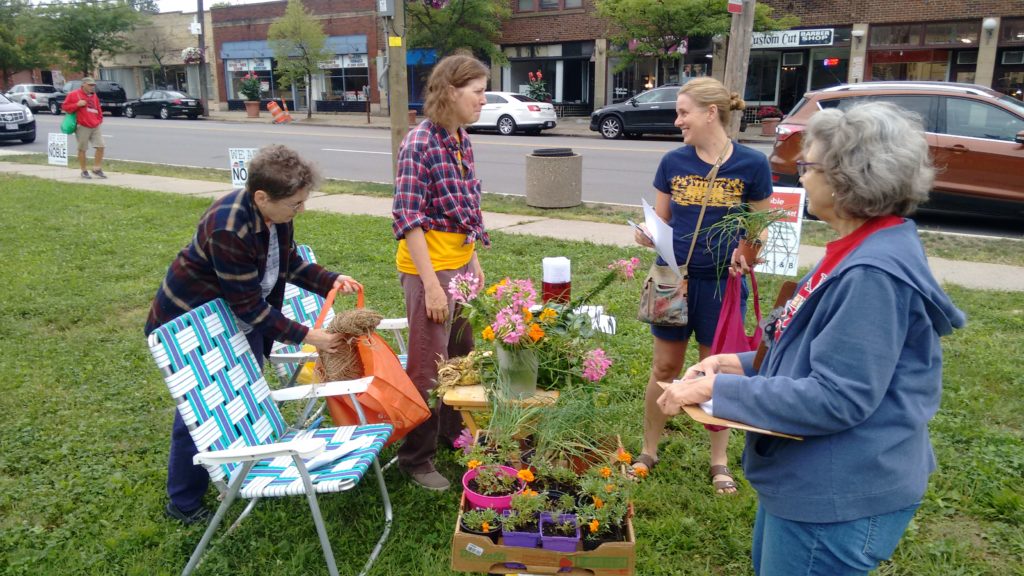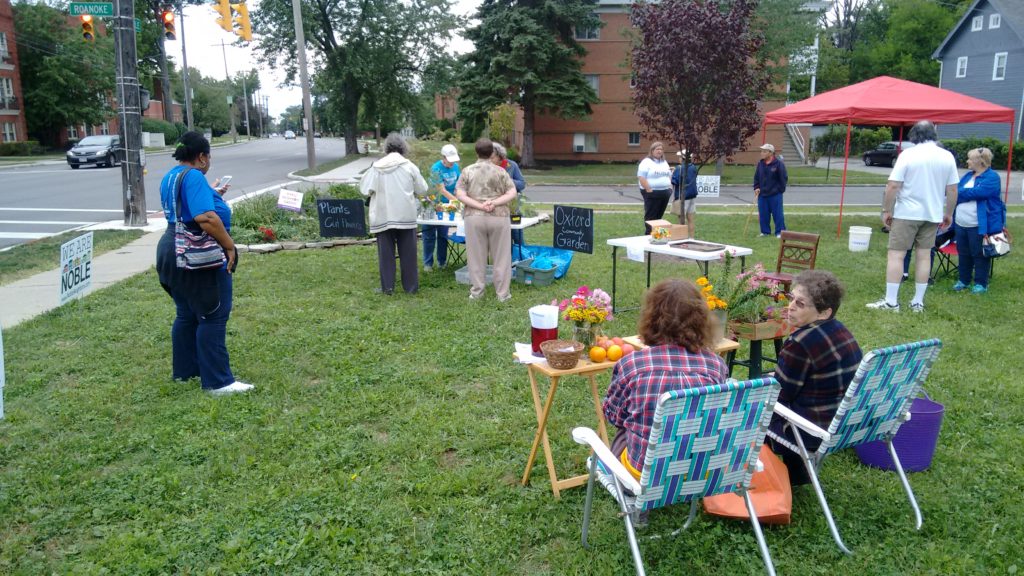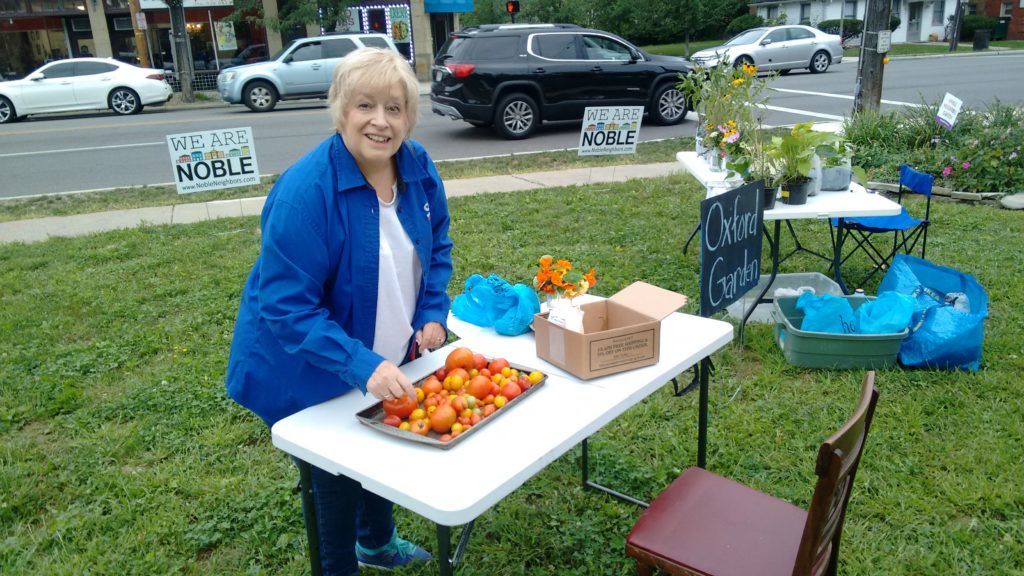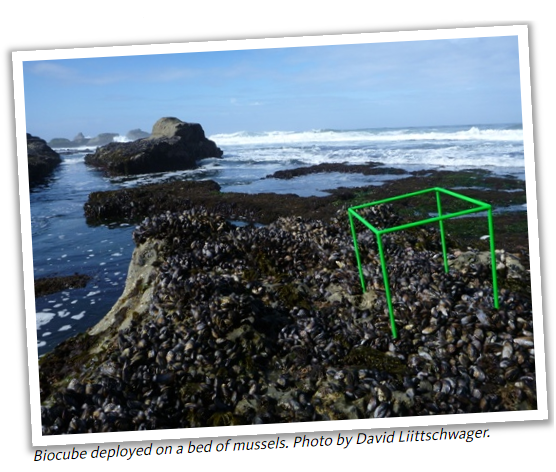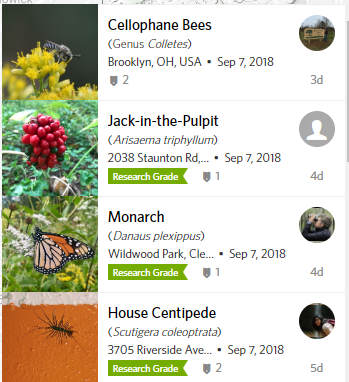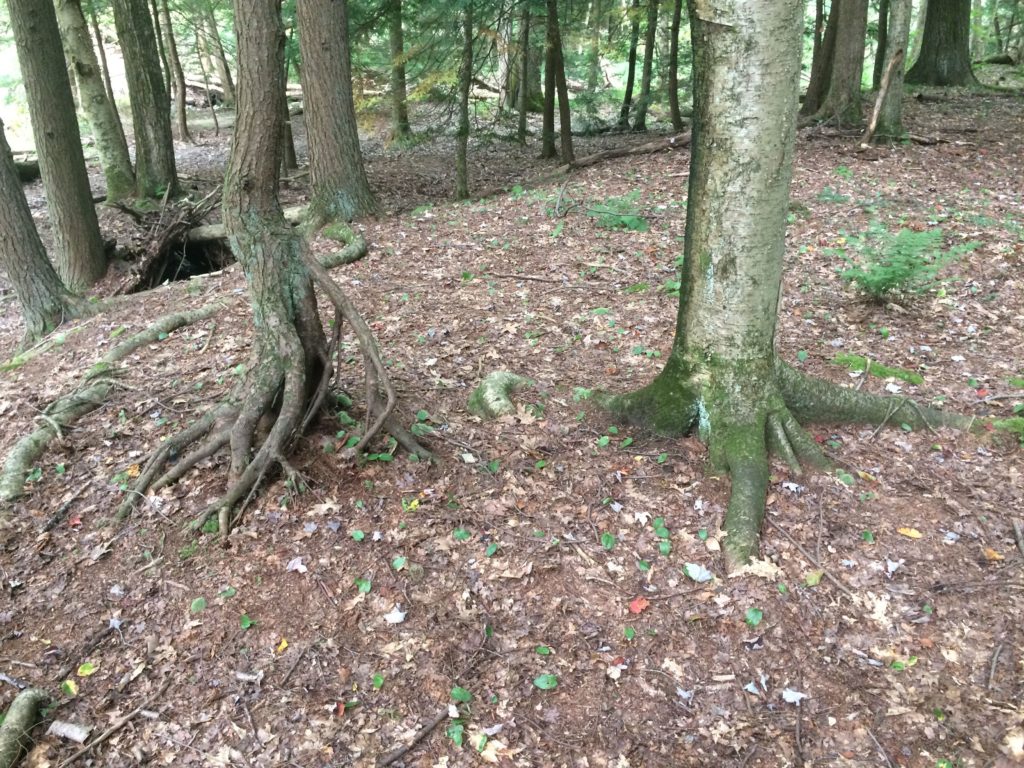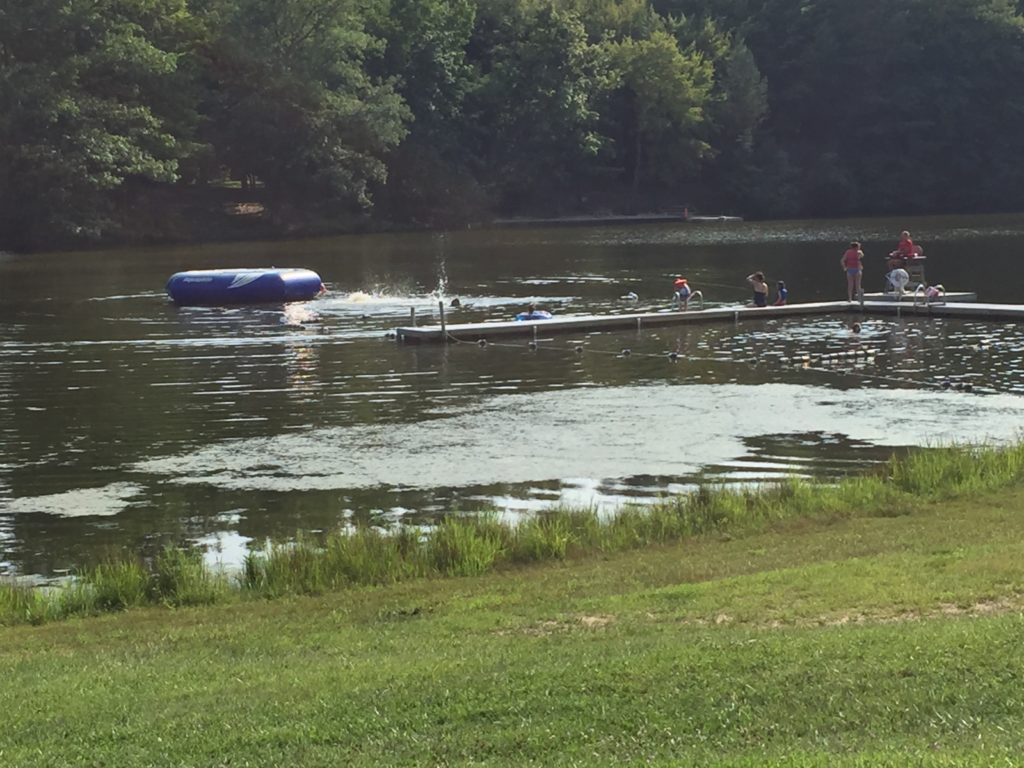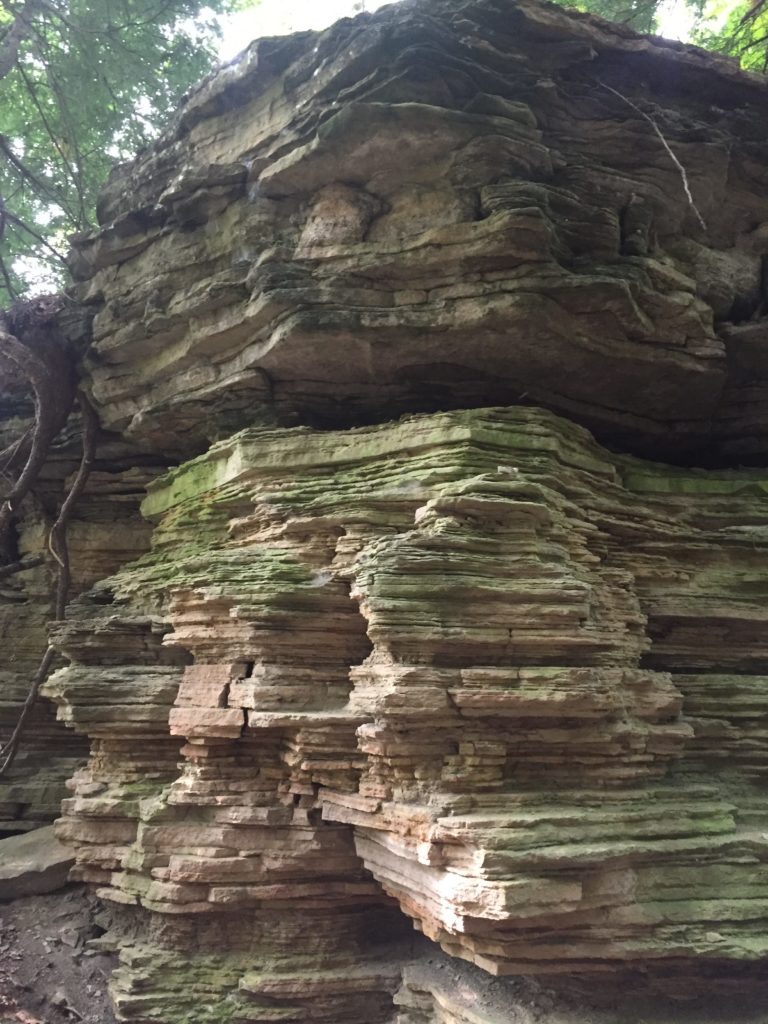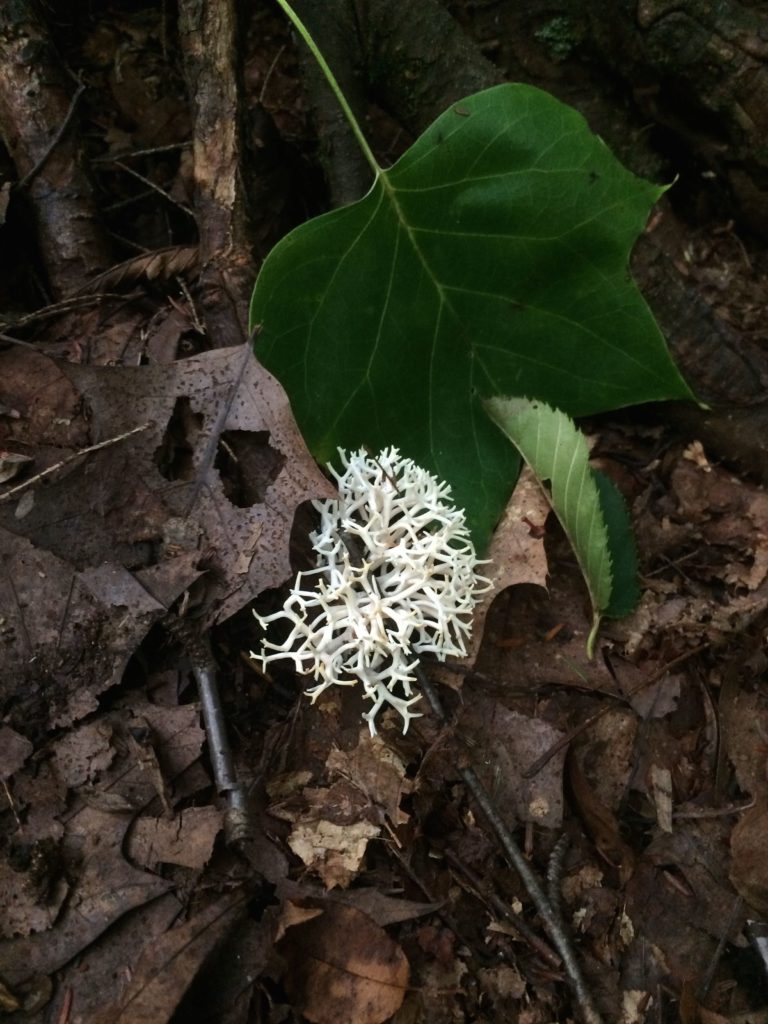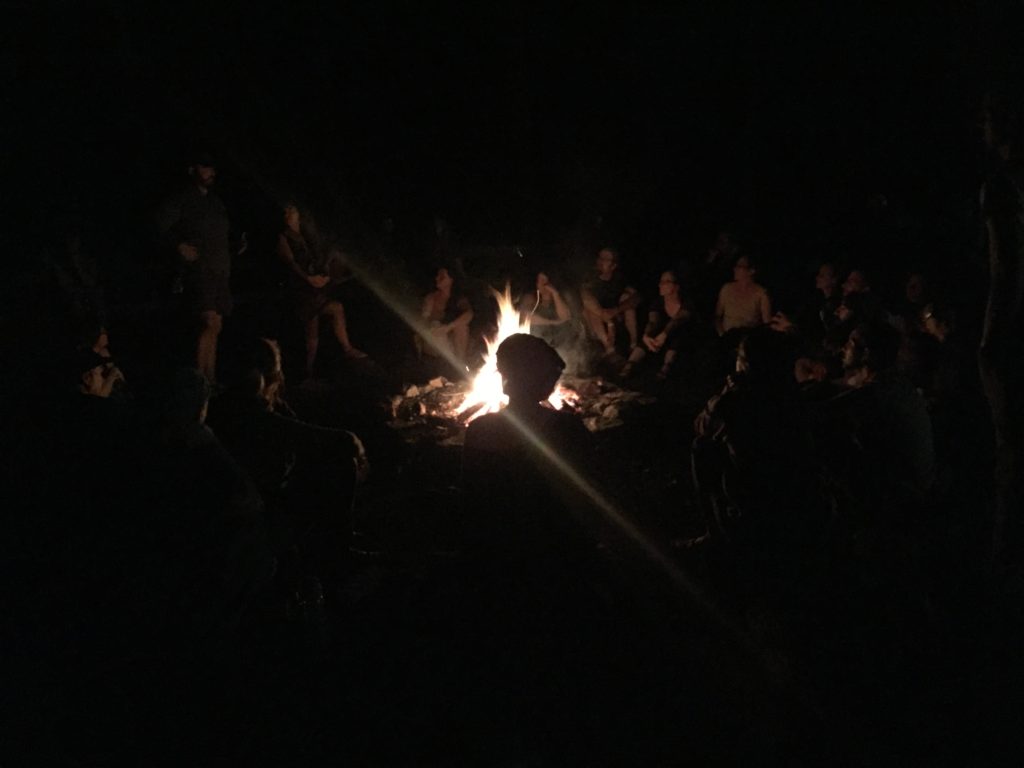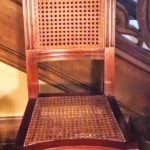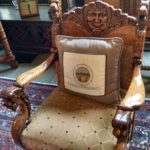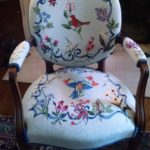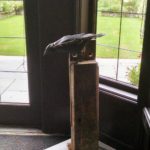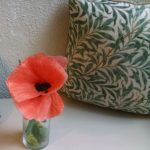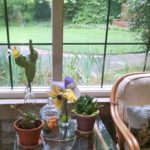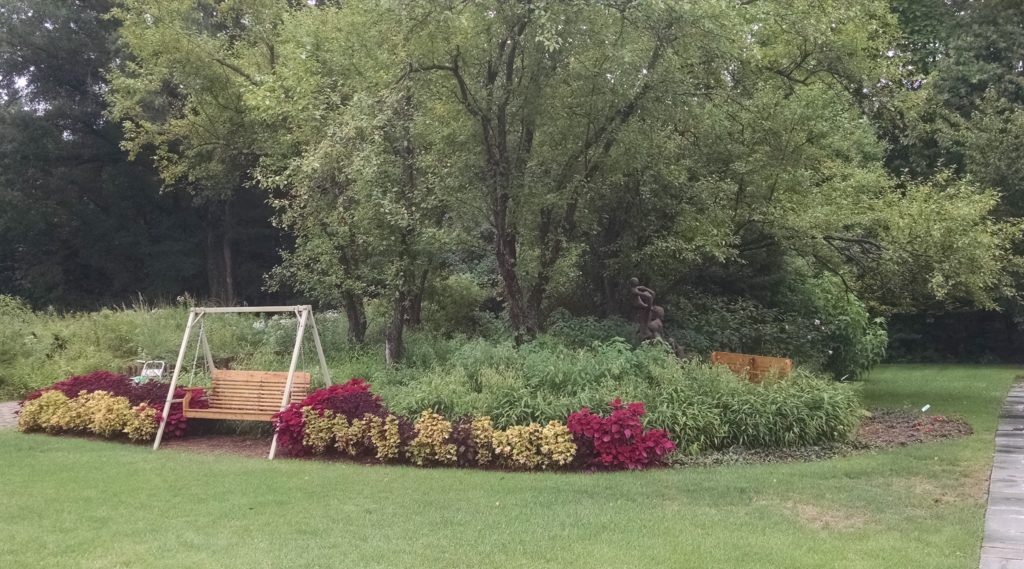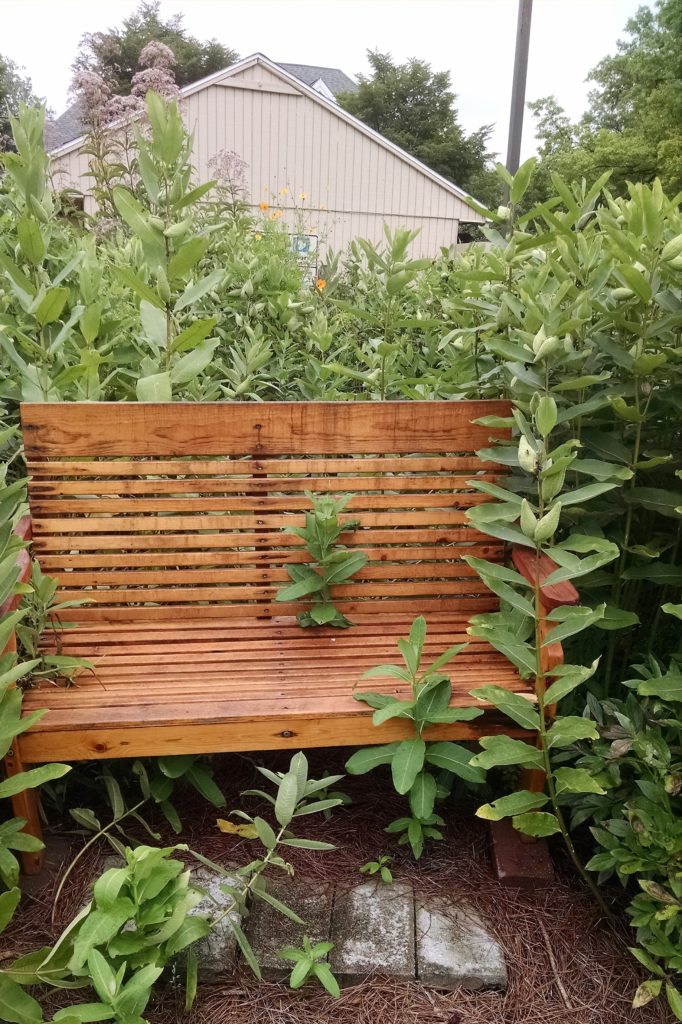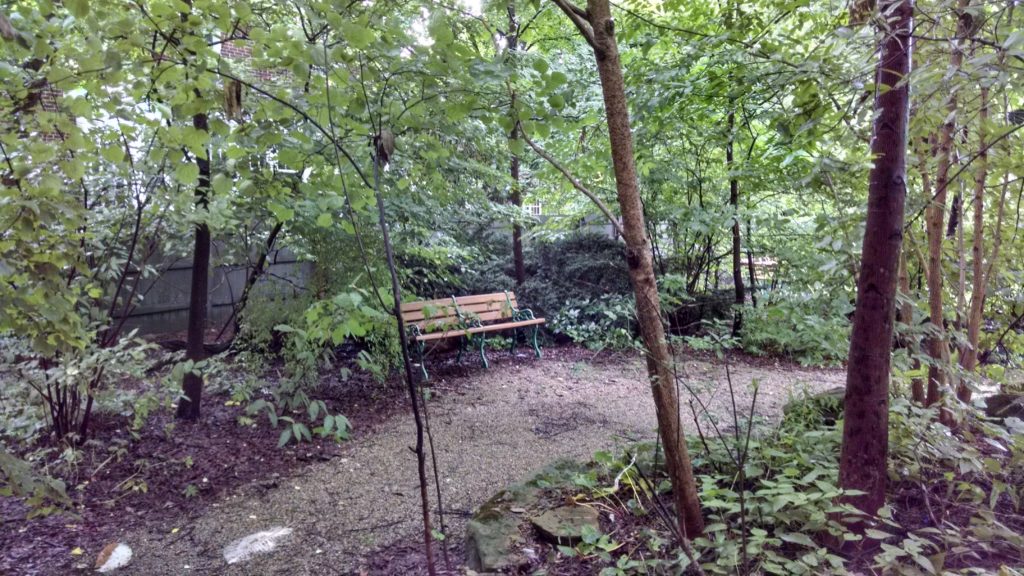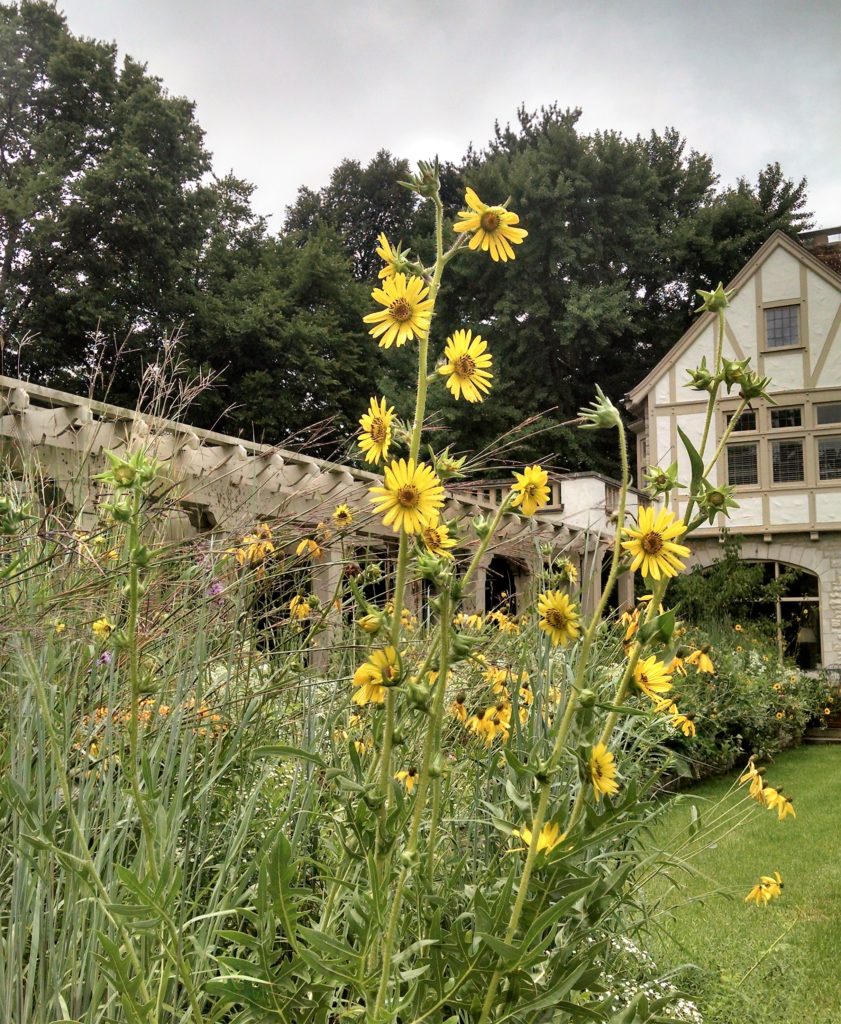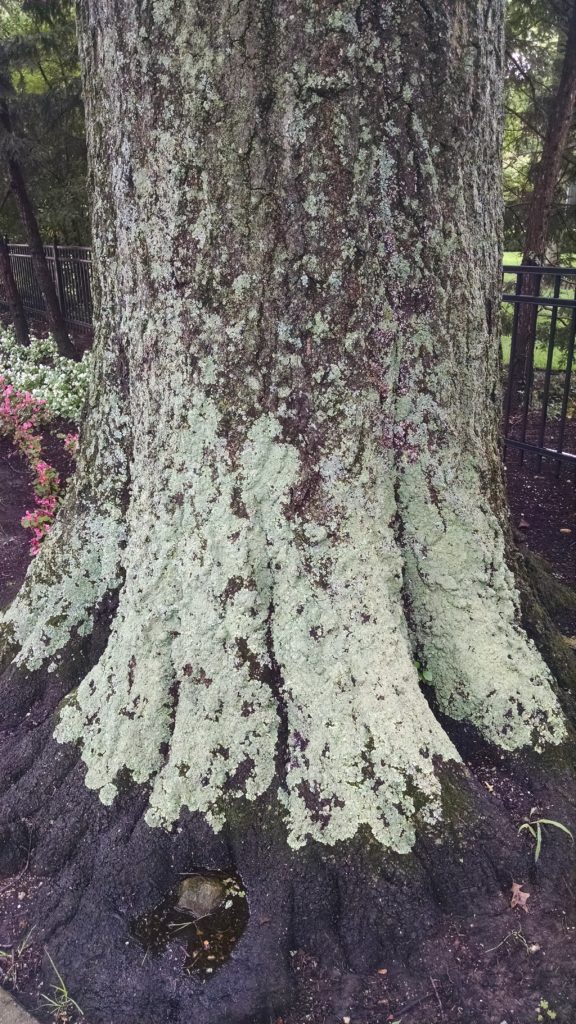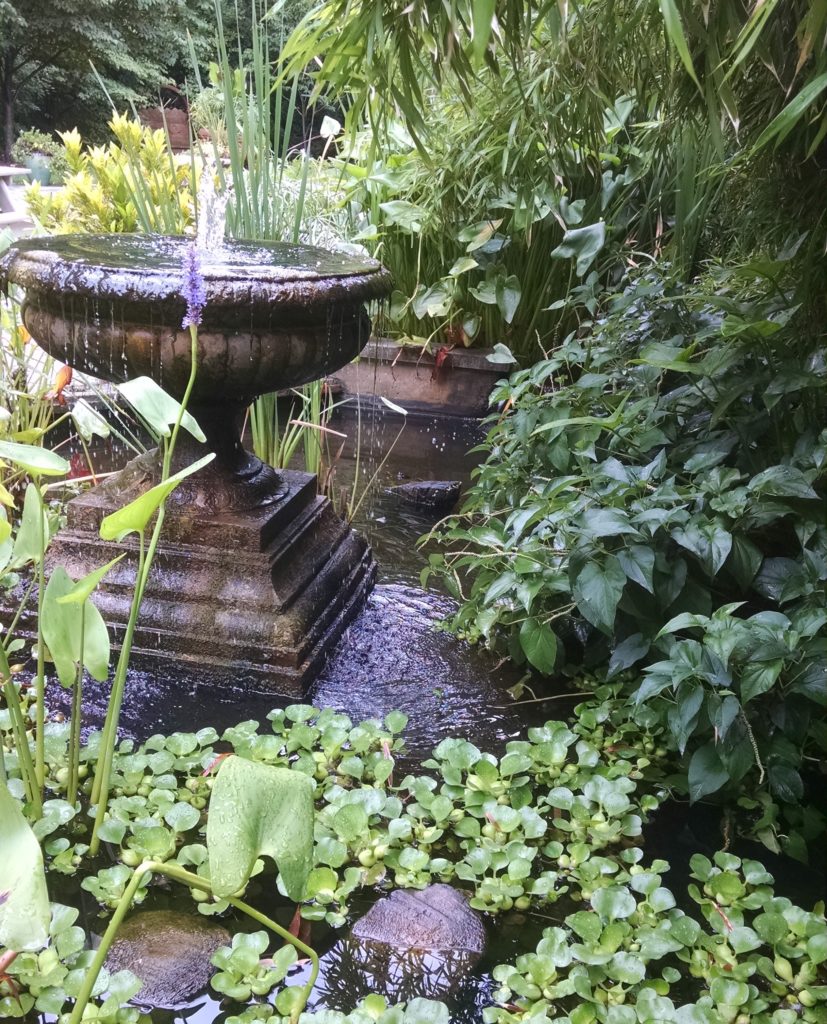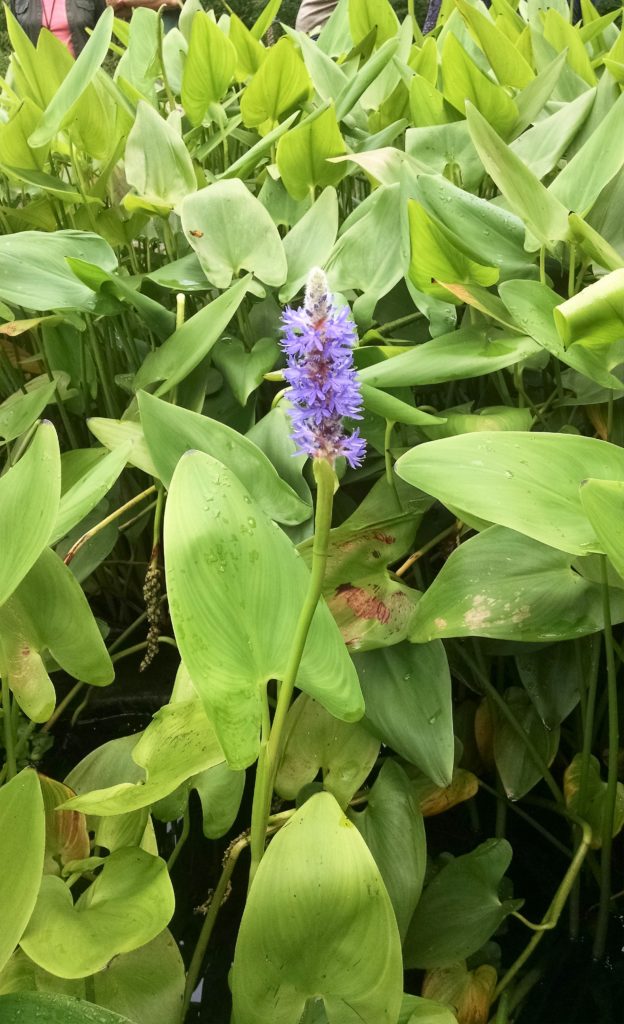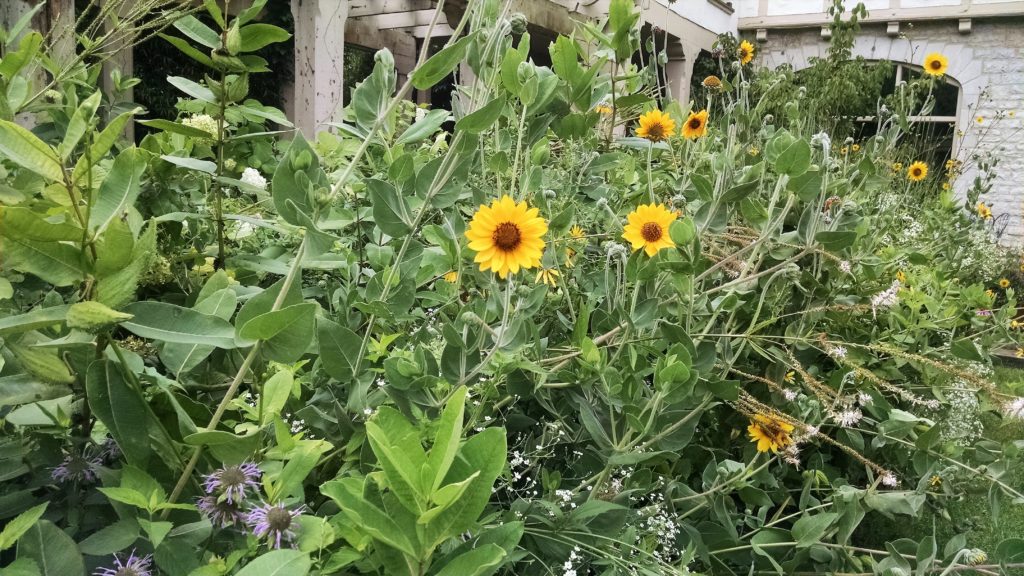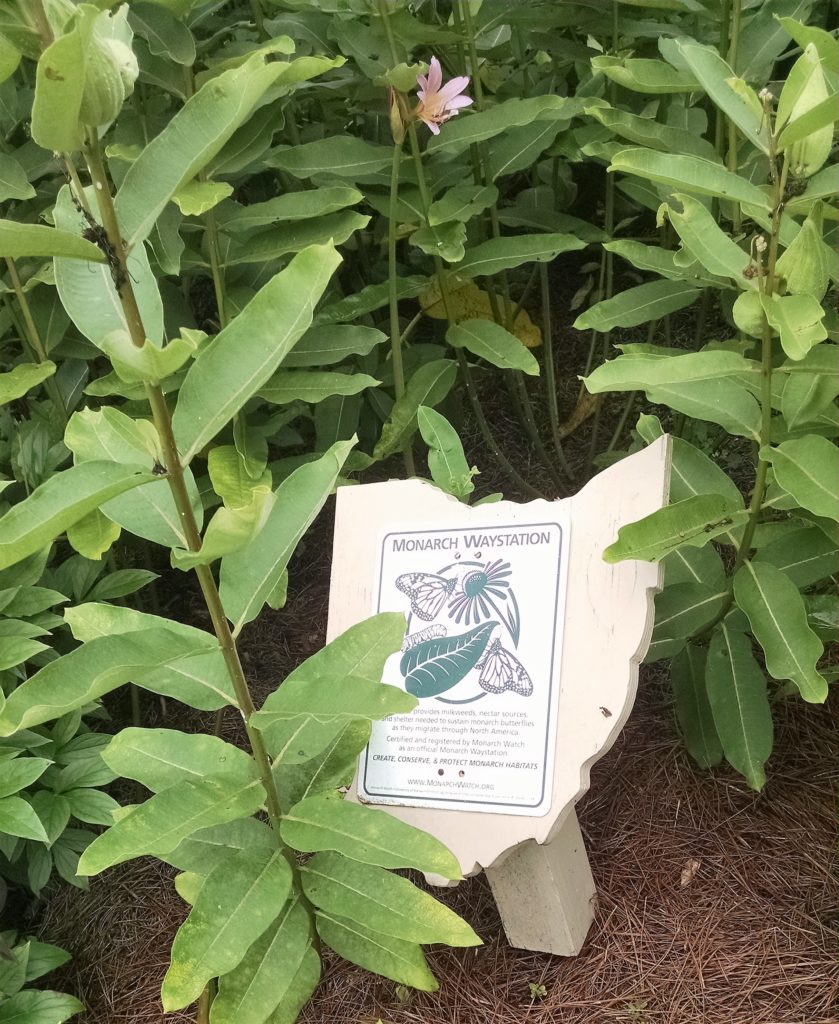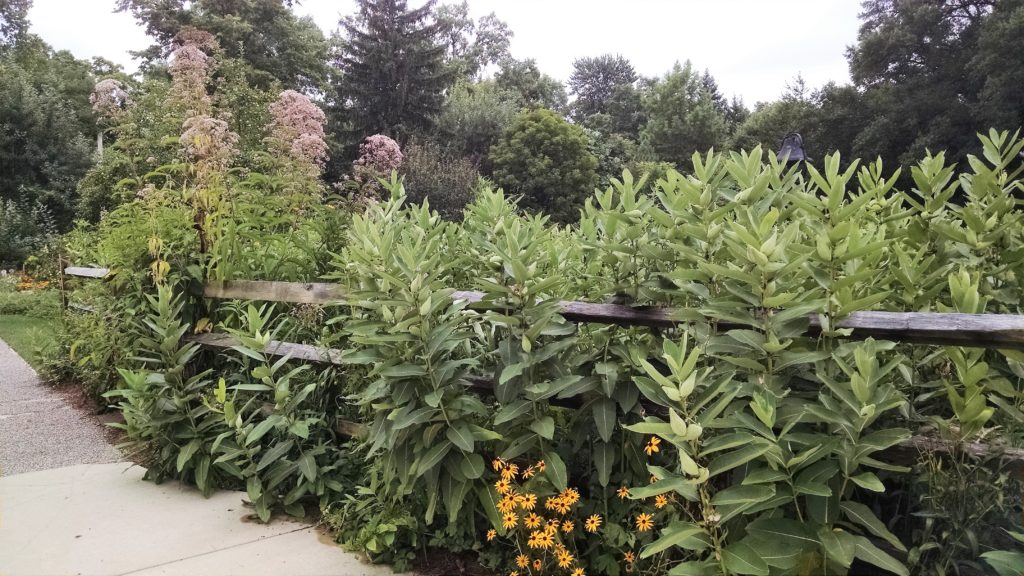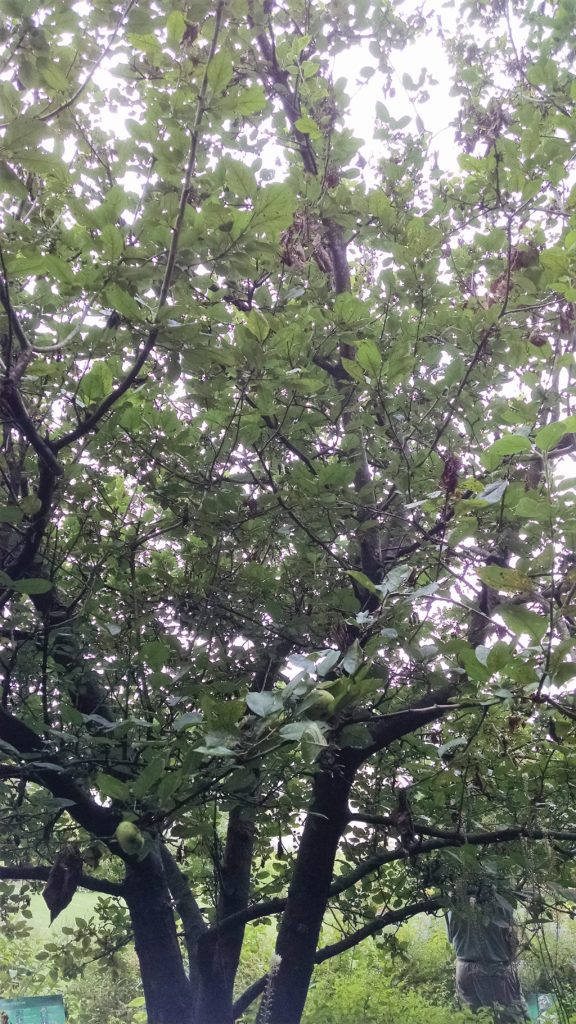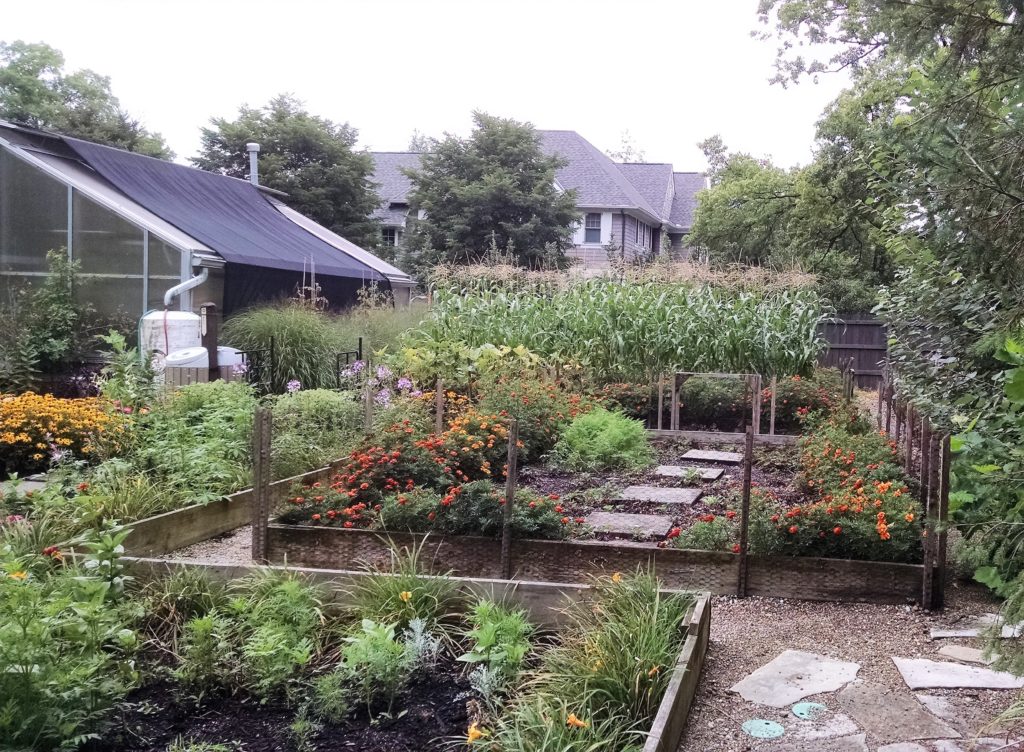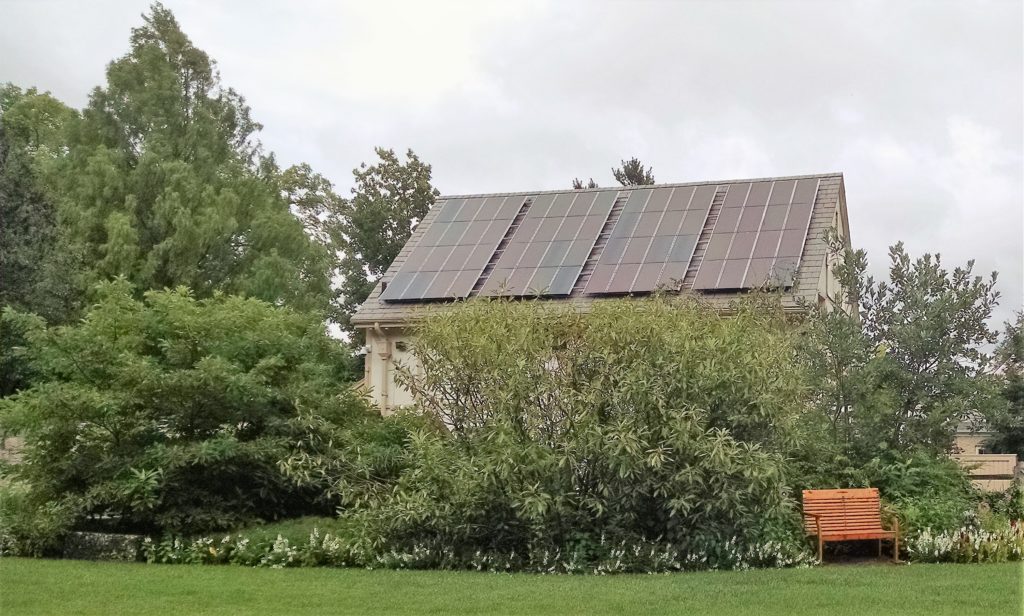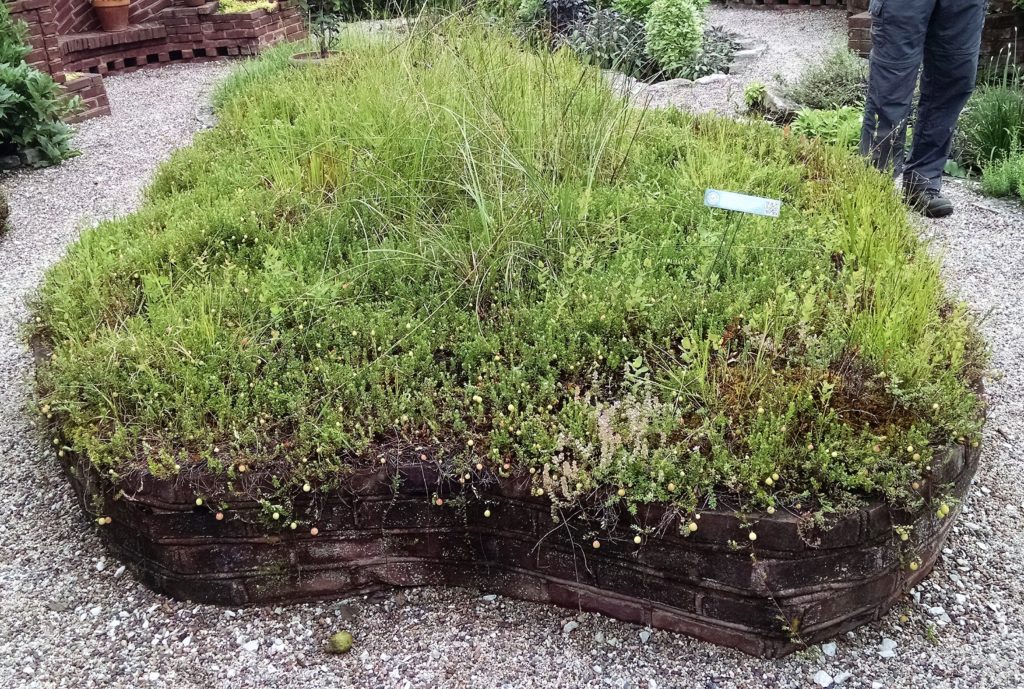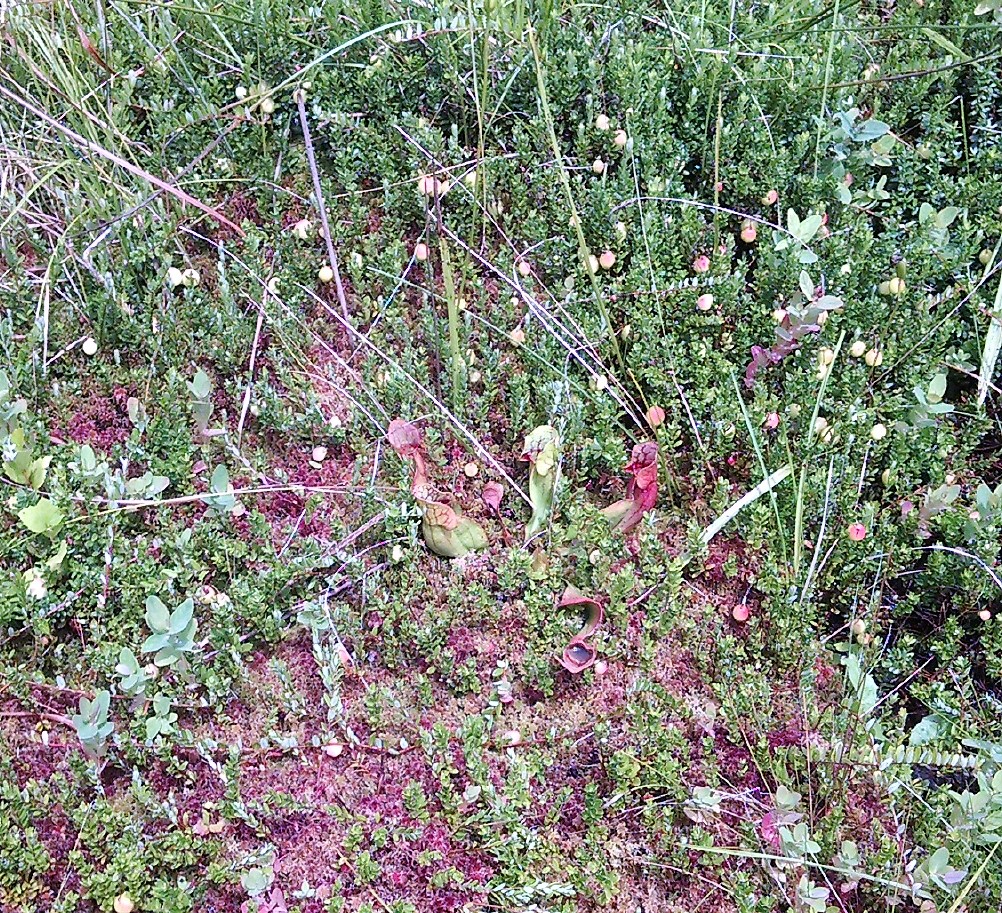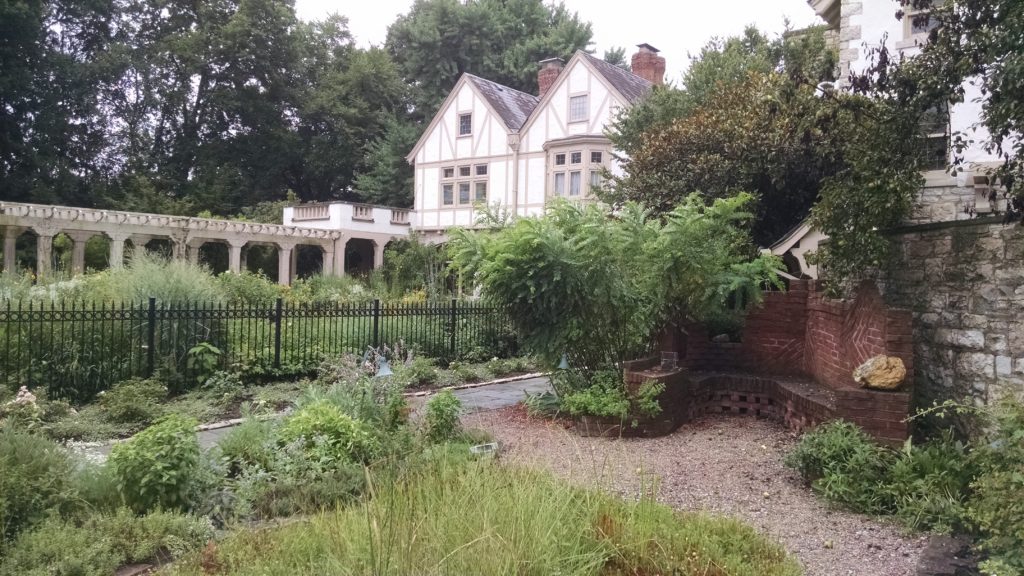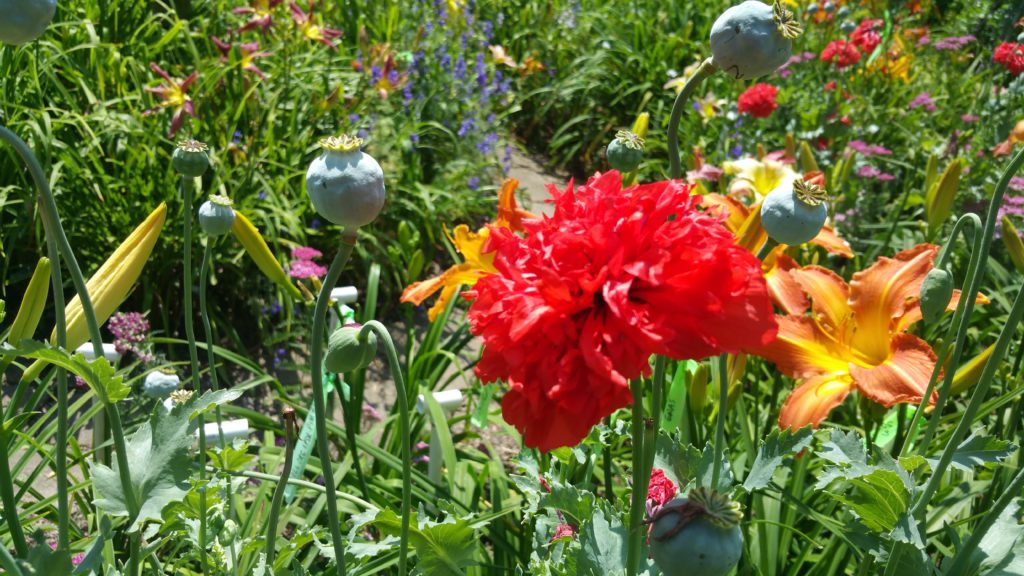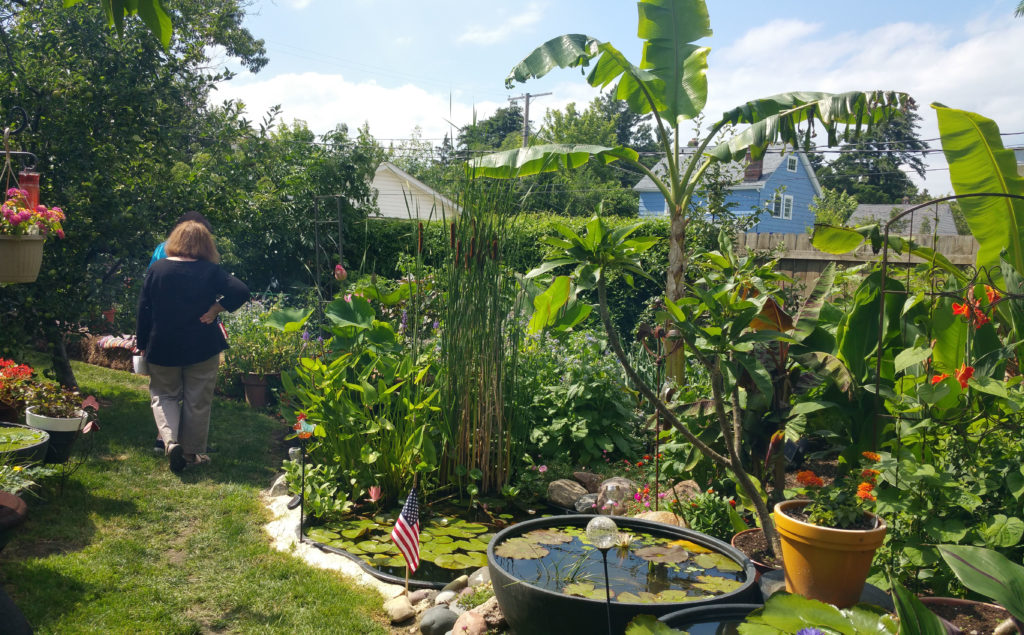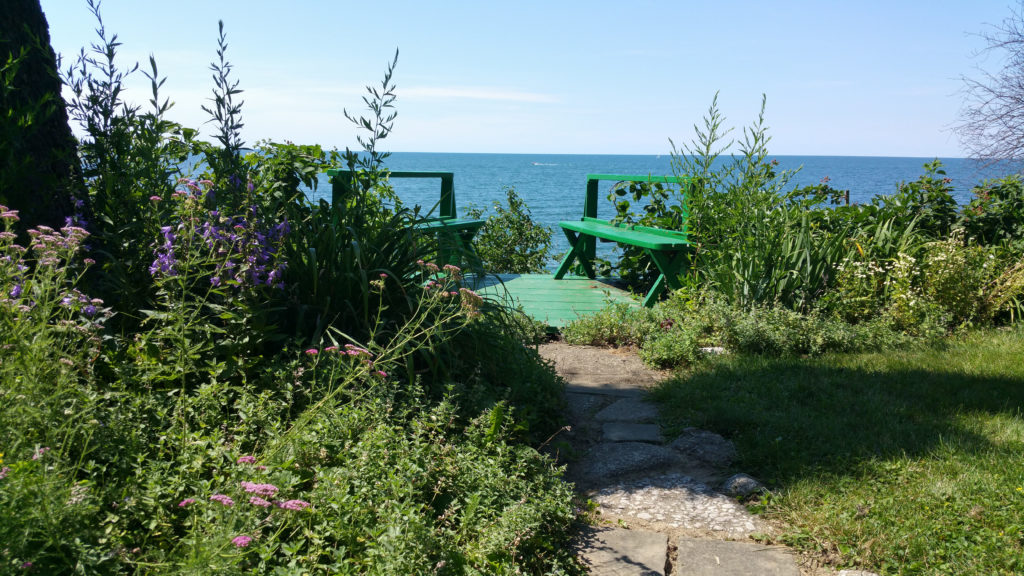by Heather Risher
I hate multiflora rose. Hate it. With a passion. Why? In the summer of 1998, I was a field technician in a Phase I Archaeological Survey on property owned by the Cleveland Hopkins International Airport. The land had been residential in the 1950s, and after the airport purchased the land, the houses were razed and the area fenced in. Thanks to the National Environmental Policy Act of 1969, federal projects require an Environmental Impact Statement to be prepared before construction can begin. Part of an EIS is a survey for artifacts, both historic and prehistoric.
We were looking for anything of cultural significance. What we discovered were jungles of multiflora rose so thick that machetes were necessary to hack paths between our shovel tests. We spent more time traveling the fifty feet to our next test site than we did digging each pit. Crawling was frequently more efficient than walking.
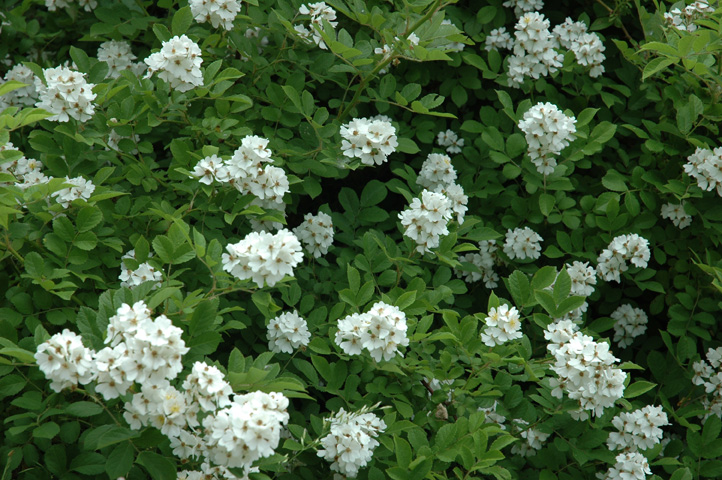
For those of you blessedly unaware of multiflora rose, it is a species native to Asia, imported to the United States in the 1700s, and misguidedly provided to landowners as a conservation measure in the 1930s. Now, depending on the state you live in, it is classified as a noxious weed, a prohibited invasive species, or banned. It had been planted in the area ignored by the airport, and spread like the weed that it is.
If the vines and thorns of multiflora rose weren’t trouble enough, the mosquitoes were brutal. The ground was swampy enough to provide thousands of stagnant puddles, perfect for mosquitoes. We spent most of the summer filthy, scratched, and bleeding, surrounded by swarms of bloodthirsty beasts. Even the nonsmokers resorted to carrying lit cigarettes or cigars in an attempt to ward off the airborne attack.
That’s not to say we missed the beauty in the abandoned land. Occasionally we discovered fields of day lilies that had naturalized into a brilliance of yellow. I discovered the secret hiding place of a young fawn – twice, as the first time its terrified stumble led it directly along my transect. The air was filled with birdsong, and I’m sure I would have counted dozens of species if I had stopped cursing the thorny vines long enough to look.
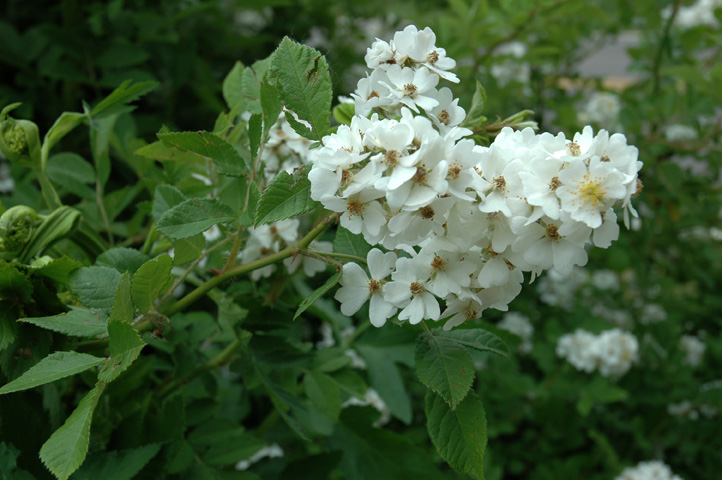
Lunches were eaten outdoors, along one of the roads, usually providing a welcome respite from the mosquitoes. We sometimes spent hours waiting for airport employees to unlock the gates so we could enter or exit the property, and if we’d attempted to leave for a midday meal most likely no work would have been done that day. There is great contentment in a mushy peanut butter and jelly sandwich eaten in the sunshine after a tough morning’s work.
Despite screening the dirt thoroughly, we found very little of cultural significance in our test pits. We did, however, find things that held our interest. I once spent a long afternoon sketching a map of a foundation and a well while my very manly male coworkers cut down saplings in an attempt to determine the depth of the water.
One notable find was a field where marijuana had been grown. We notified airport officials, who called the DEA, who visited and left business cards scattered around the site. My boss had worked on other airport projects, and shared that the crew had discovered pot on each one. As airports are unwilling to shut down air traffic for helicopter surveys, flight paths are perfect places to grow marijuana. Possibly the airport employees were so reluctant to grant us access in the mornings because they knew their growing operation would be discovered.
We also discovered that the dirt near the I-X center smells of bubblegum. Decades of deicer had soaked into the ground, saturating it with an odor that wouldn’t dissipate. If the I-X center soil was disturbing, it had nothing on that of NASA-Glenn. The crew chief, a new father, asked the men to cover that segment of the survey, as he had no idea which chemicals had been dumped, and what exposure to them might do to the reproductive systems of the twentysomething childless women on the team.
We crisscrossed airport property all summer, and eventually moved on to another airport, another pipeline, another renovation. I loved that job, and cried when I left. My paycheck wouldn’t cover my student loans plus a car payment and rent. I always wanted to go back to the field, but my grandmother got sick and died, I found a better-paying office job, got married: life happened. I planted roots, which made it difficult to walk halfway across New York State, stopping to dig a hole every fifty feet. Or to drive to Maryland on a moment’s notice because the Navy wanted to remodel a golf course.
But even though that summer’s tangle has since been bulldozed and covered with asphalt, I still hate multiflora rose.
Addendum from Elsa Johnson : Multiflora rose and other prickly things — removal
It’s true. If left undisturbed, invasive multiflora rose takes over. In Connecticut near where my granddaughters live, multiflora rose has taken over along a power line right of way; it is wall to wall multiflora rose — and where it’s not rose, there are blackberries. Both like growing in open, sunny conditions. Meanwhile, in the woods there, growing under the tree canopy, there is barberry, which is known to harbor ticks – and, as I discovered when I had one growing under a front window, also fleas.
The multiflora rose and the barberry are both invasive, non-native species and should be removed. How do you eradicate a plant that eagerly bites back? The answer, of course, is very carefully.
This is how I do it. First, armor your body with densely woven clothes. Wear gloves. Cut the canes back in short manageable sections. I yard-bag them. When you have cut them back all the way to the ground, this is the time for the careful and limited application of glyphosate directly to the cut cane surface at ground level. All it takes is a tiny, tiny amount. Check back later in the growing season for regrowth. If there is regrowth that is the time for application of glyphosate to the leaves of the plant, since, having minimized the plant’s footprint, the plant is now much smaller, and weaker. You can spread plastic or newspaper under the leaves at ground level to avoid killing anything other than the prickly thing you’re trying to kill. Again: wear gloves. Check back in a week. It can take a while for the glyphosate to reach the roots. Use the minimal amount of glyphosate necessary. Wait. Be patient. Use the same system to remove barberry. Do not spray glyphosate on rose or barberry fruits. Animals eat these.
See the Ohio Department of Natural Resources site for more on invasive species and their removal. Fire is another option.
As for blackberry, which, although native, can be invasive: blackberry can usually be controlled by mowing early in the season, before it gets tall. If you want it to produce berries, don’t mow. It fruits on second year canes. Repeated mowing weakens the plant.
